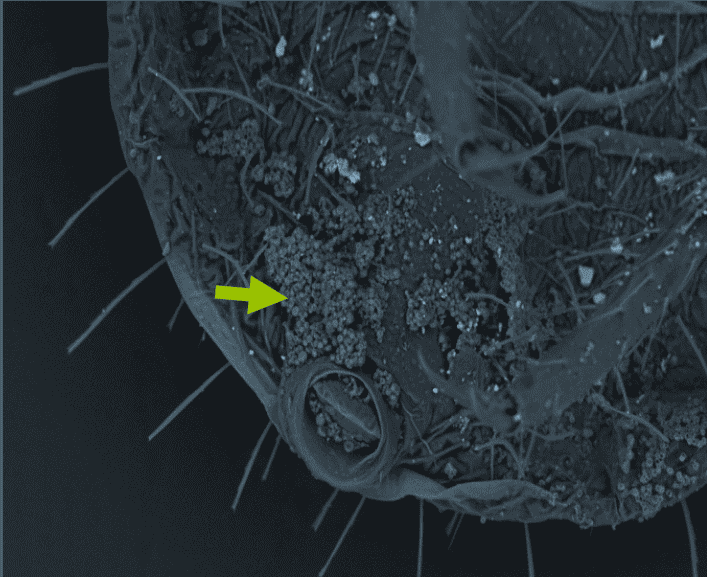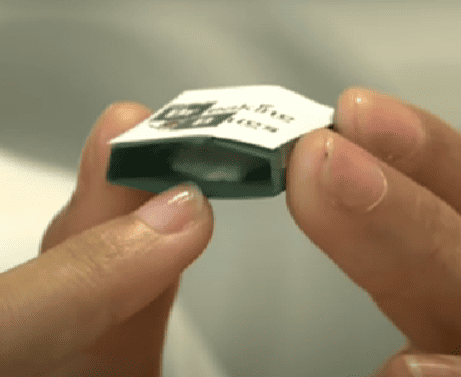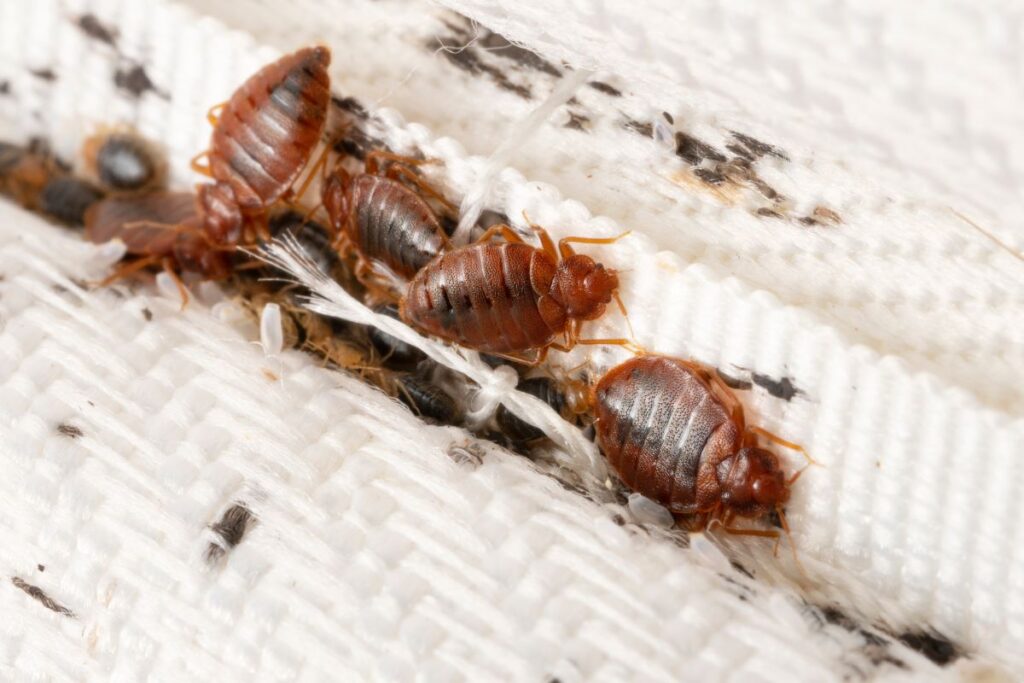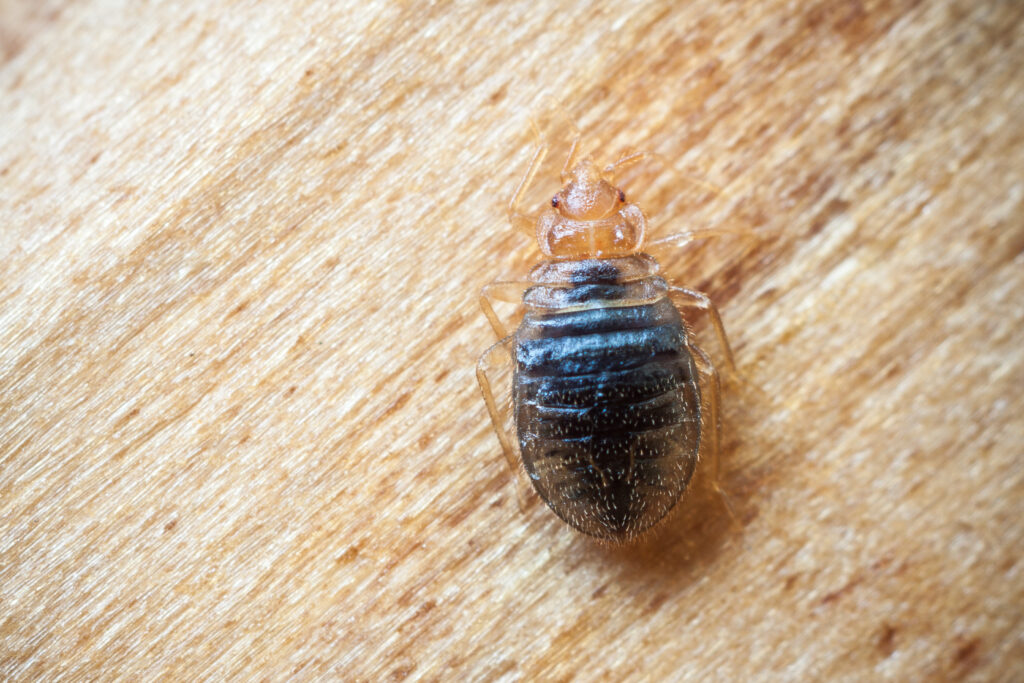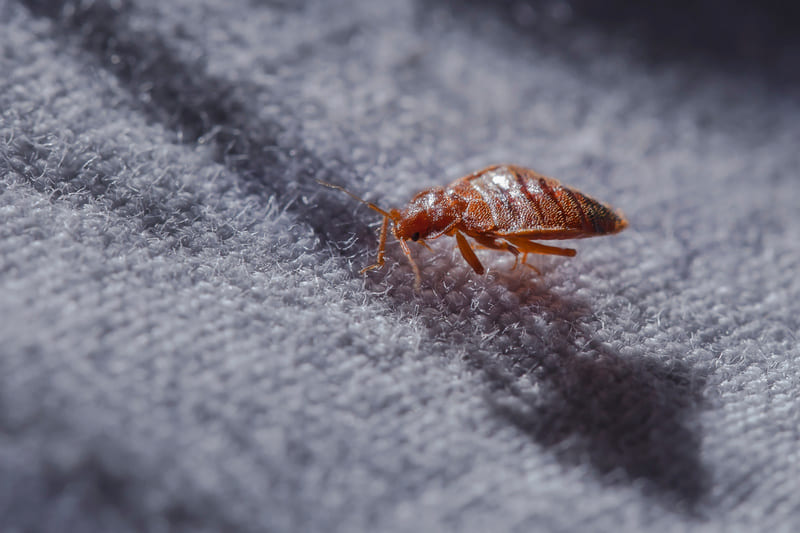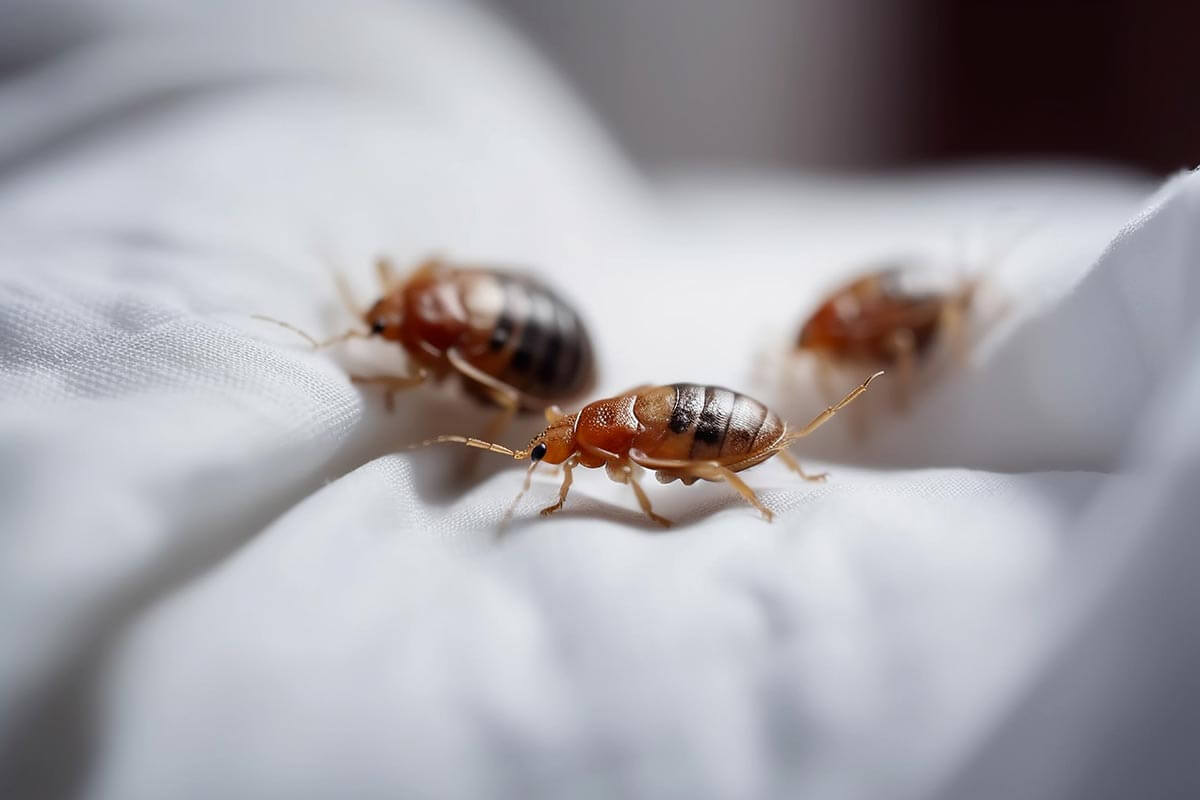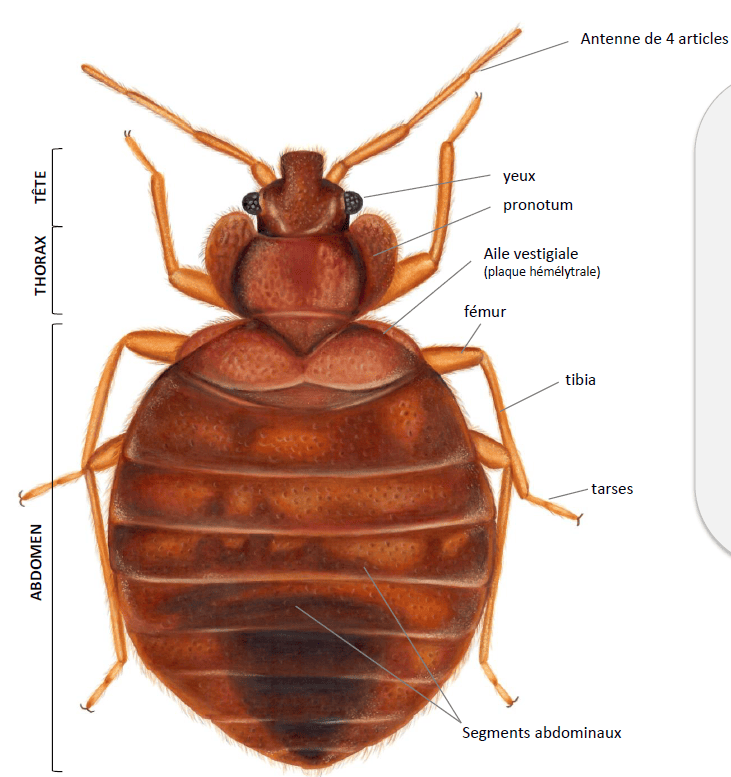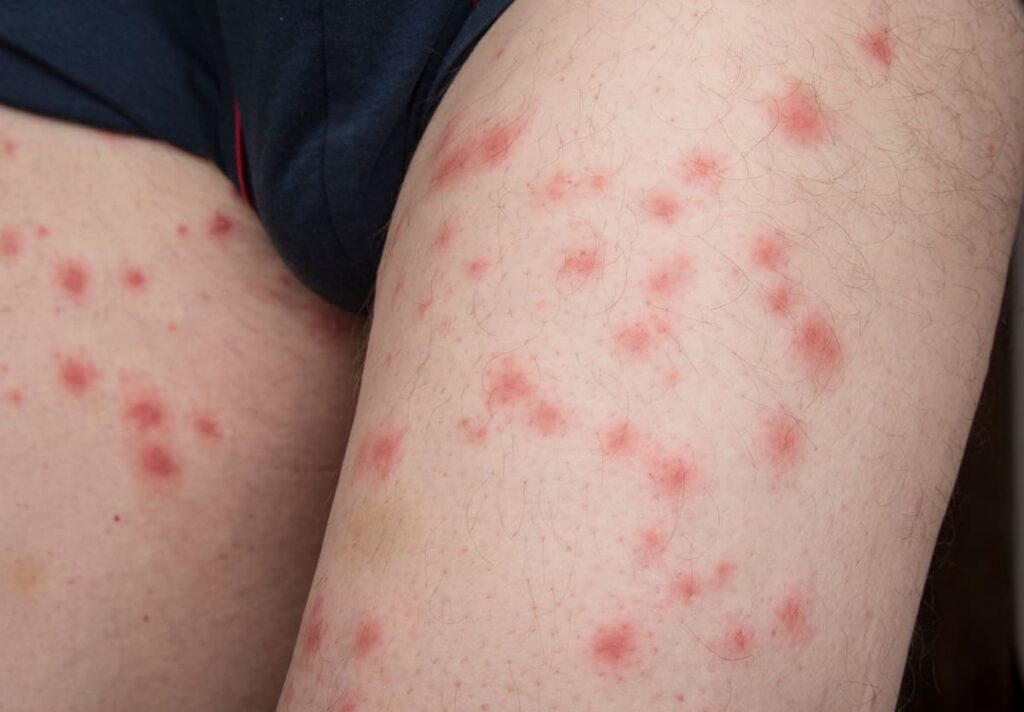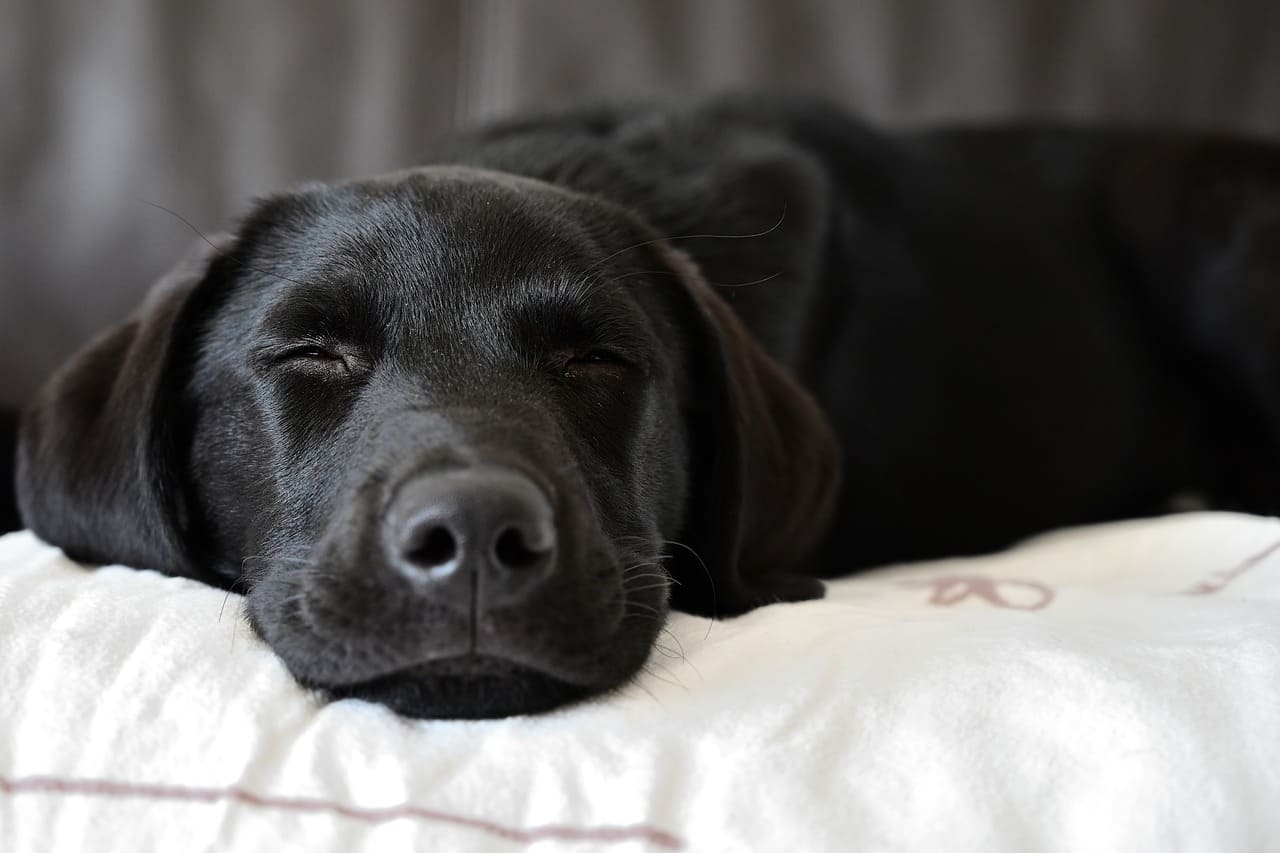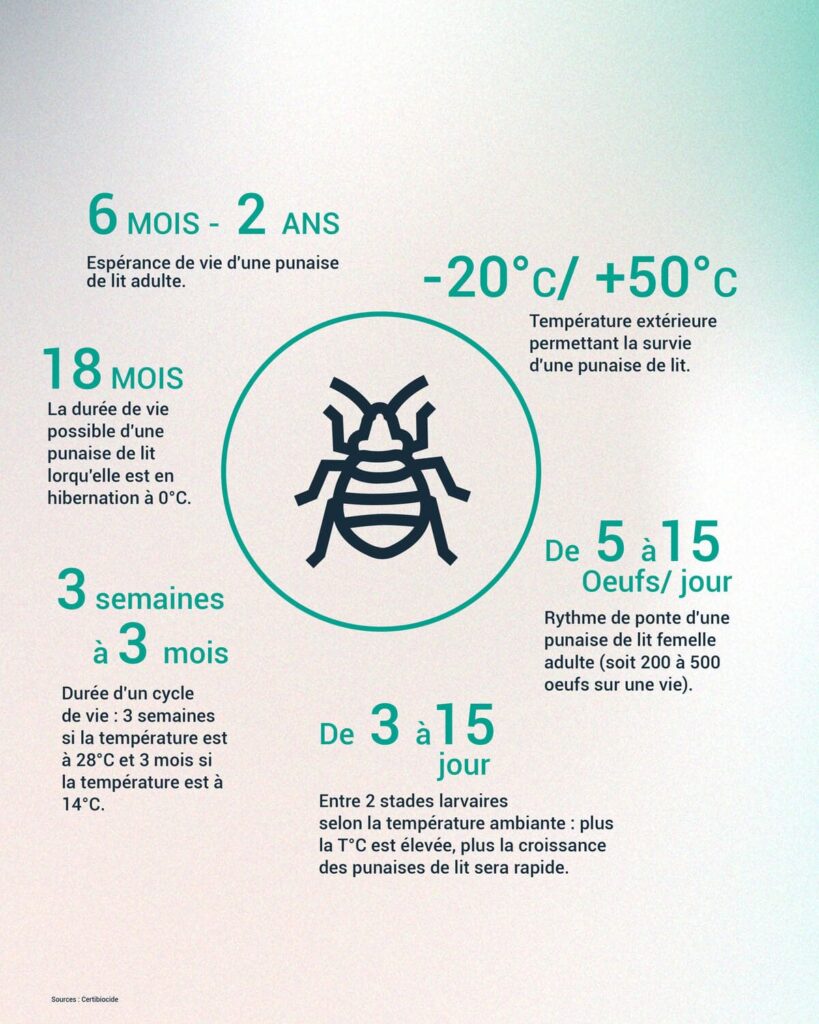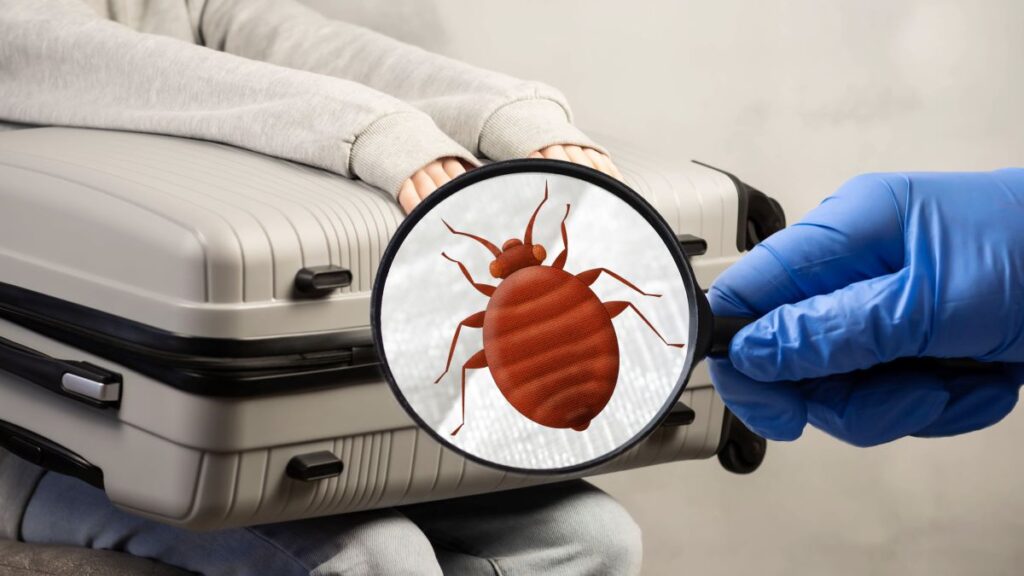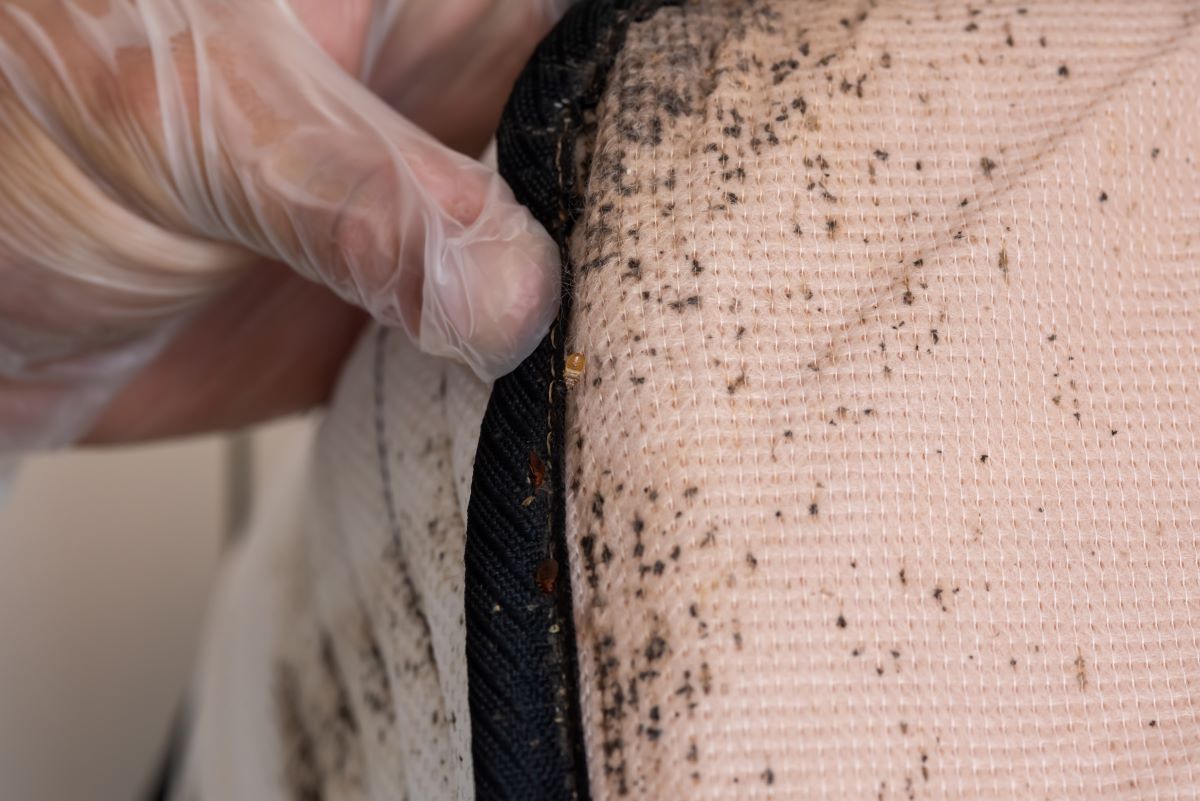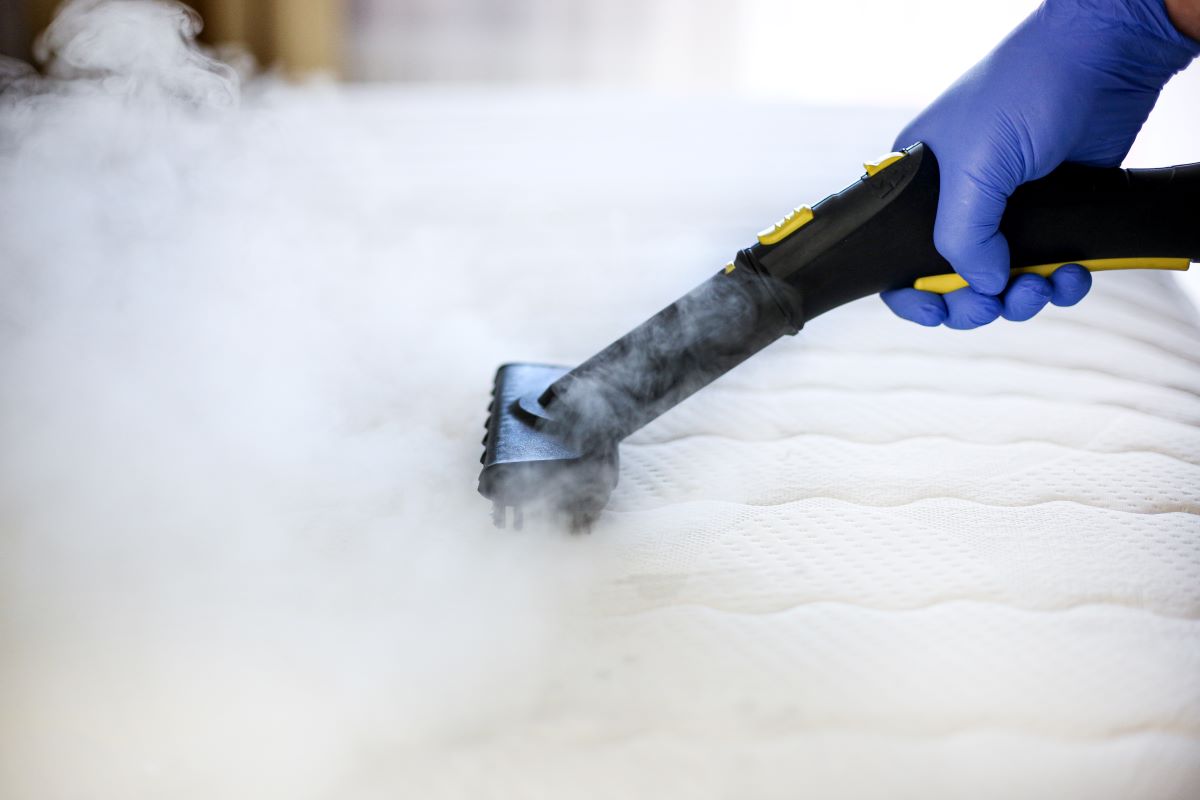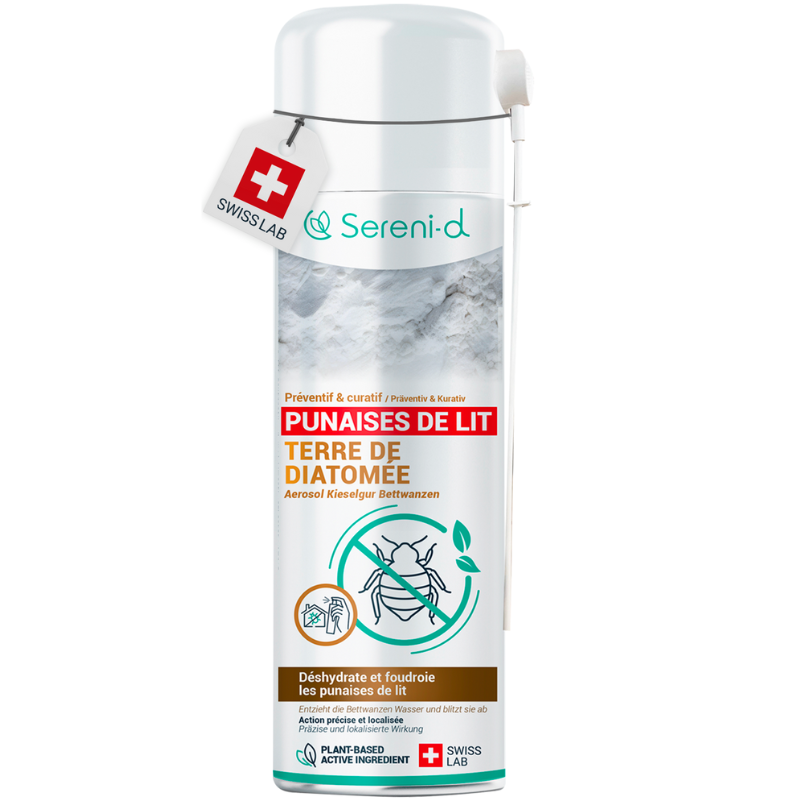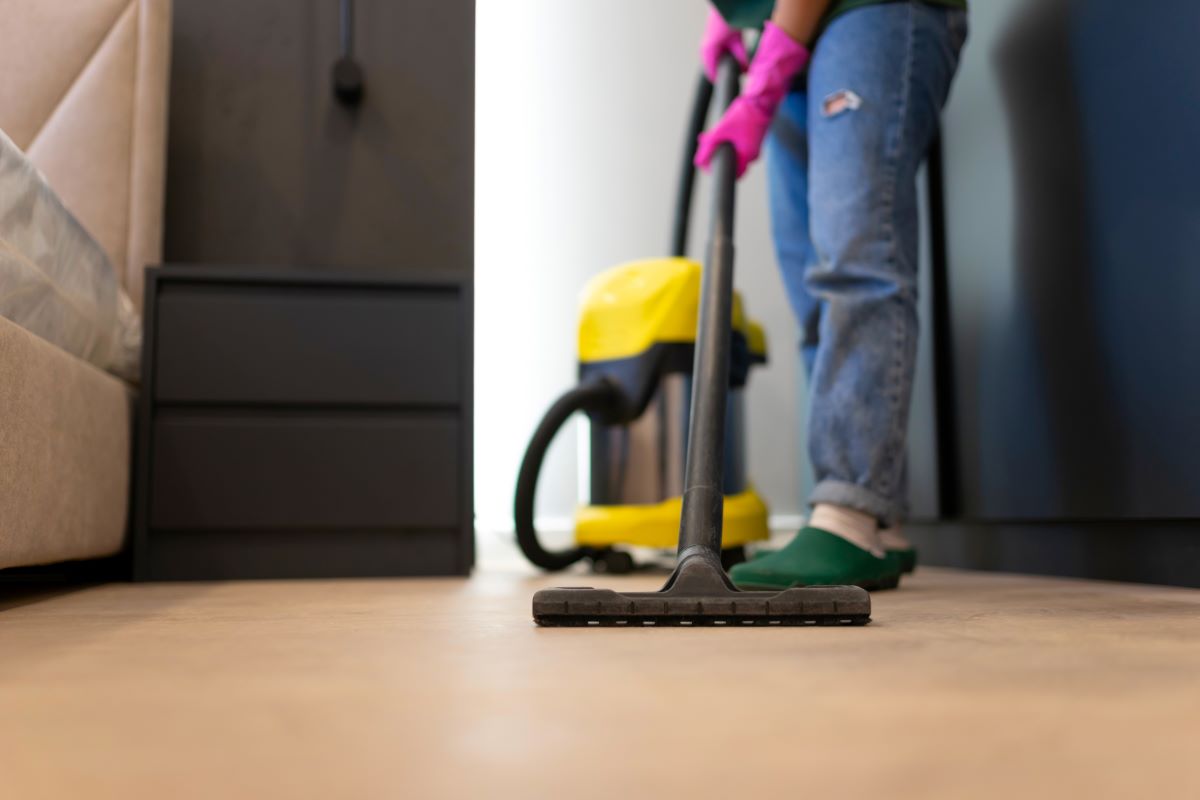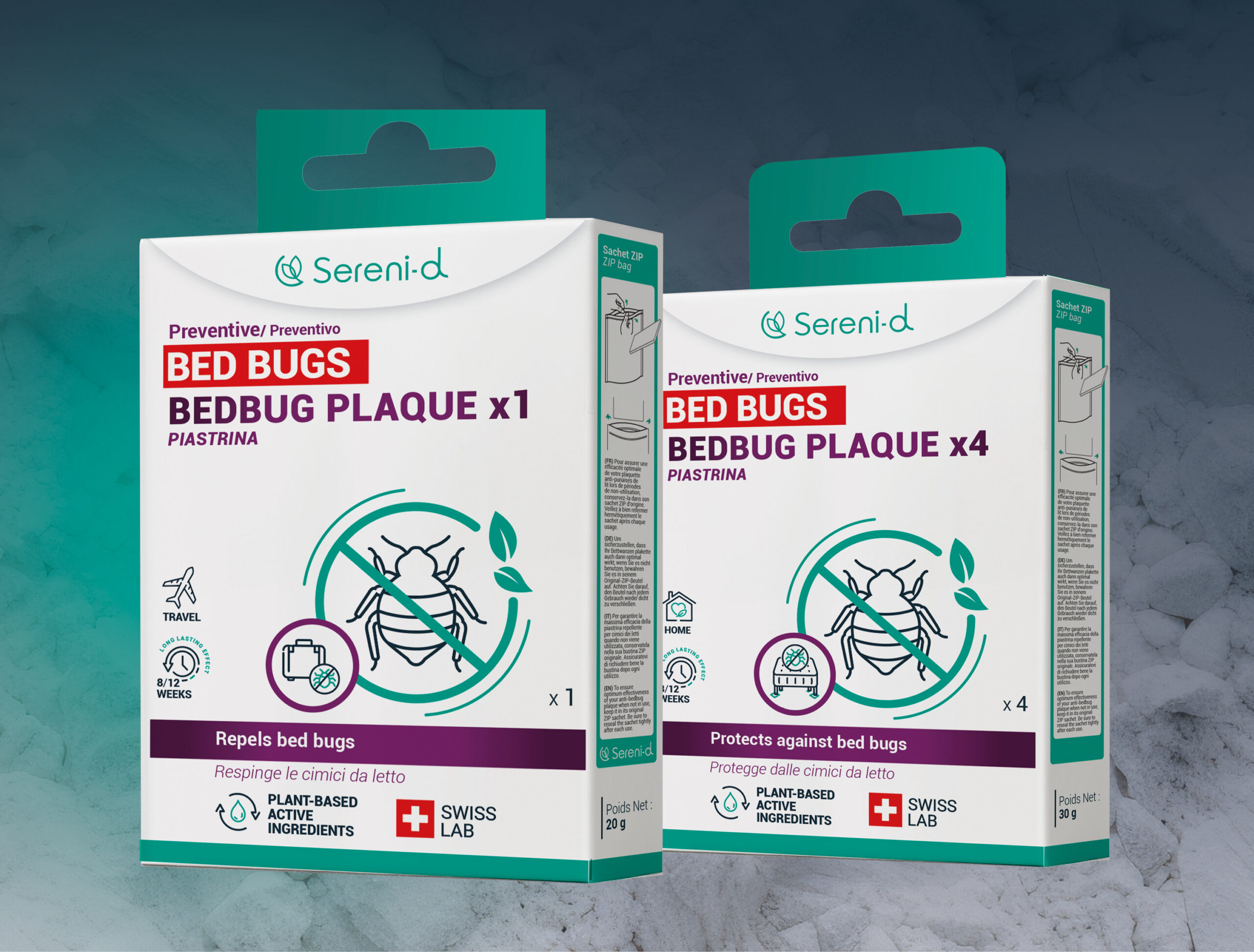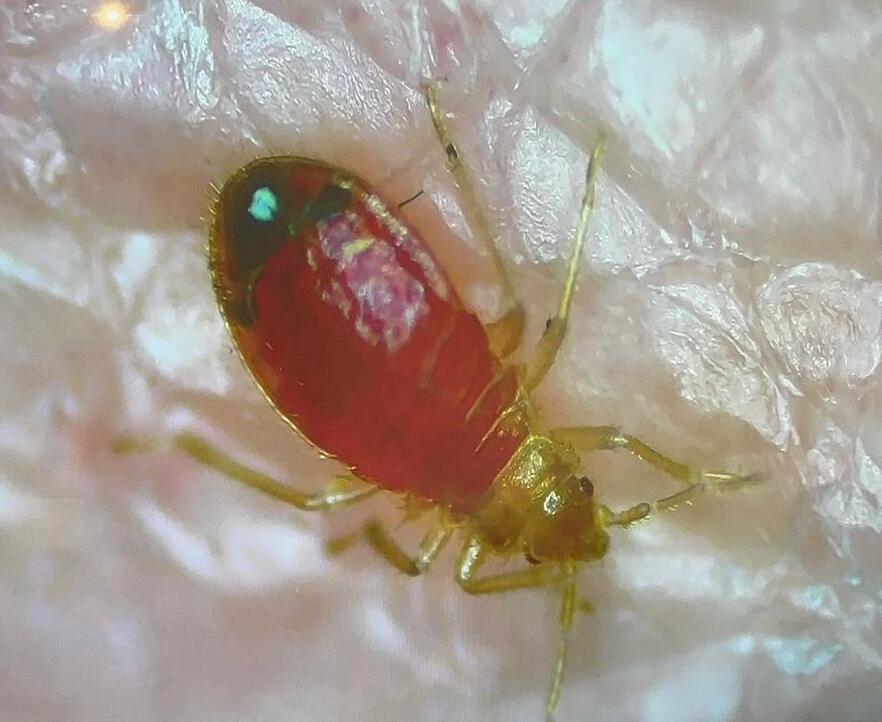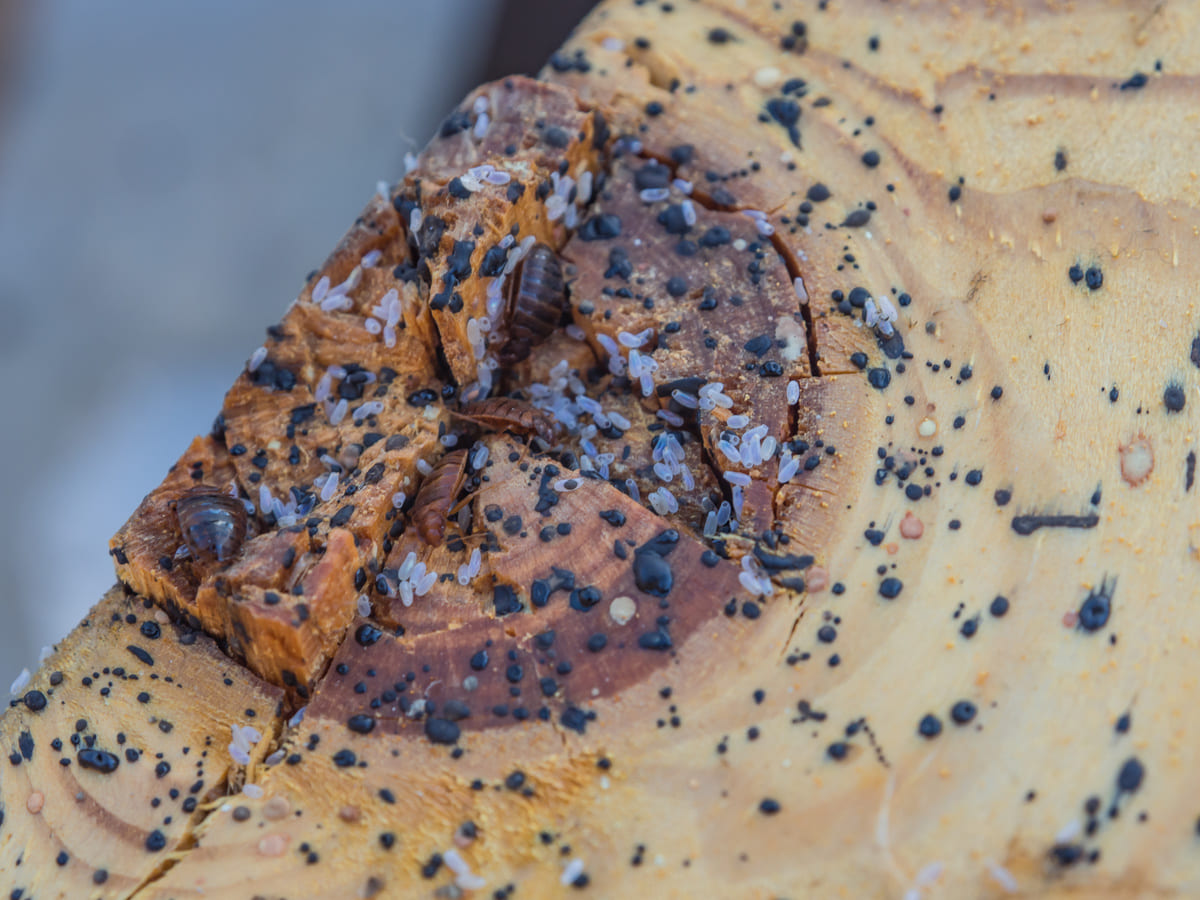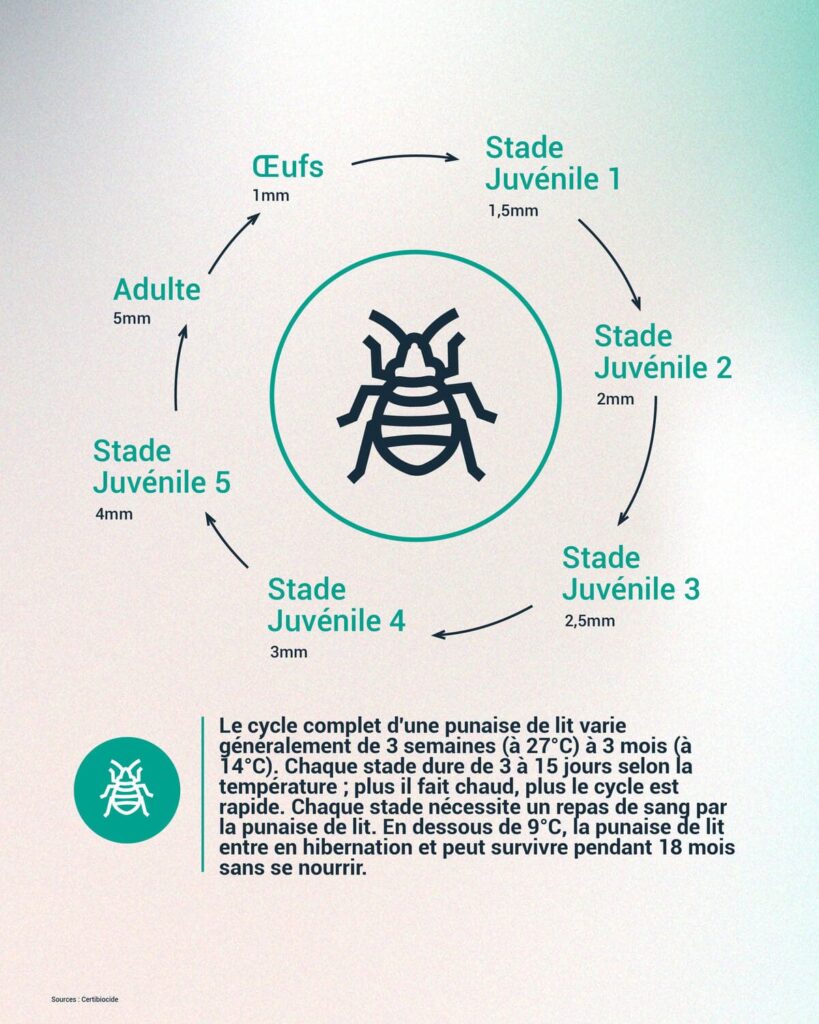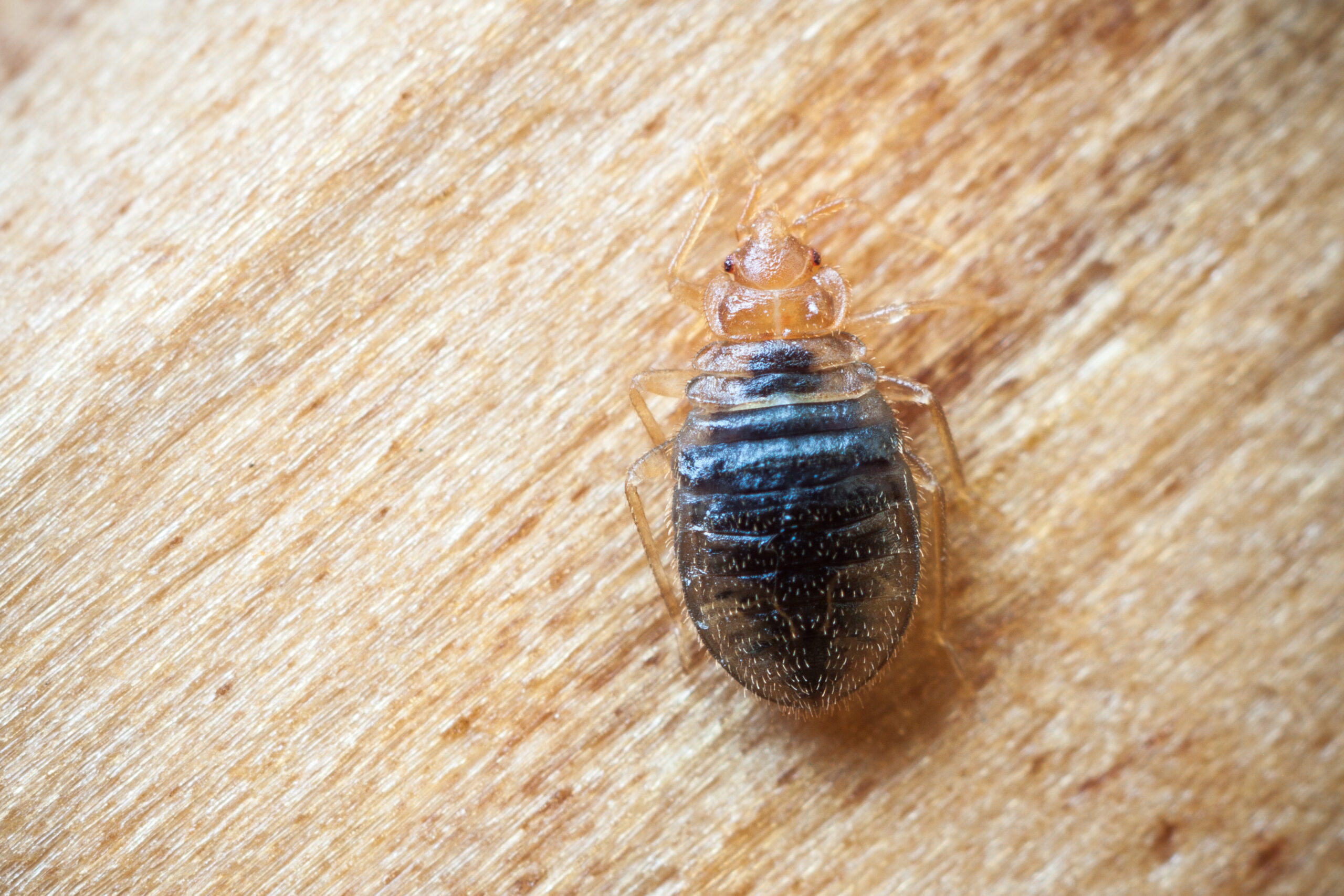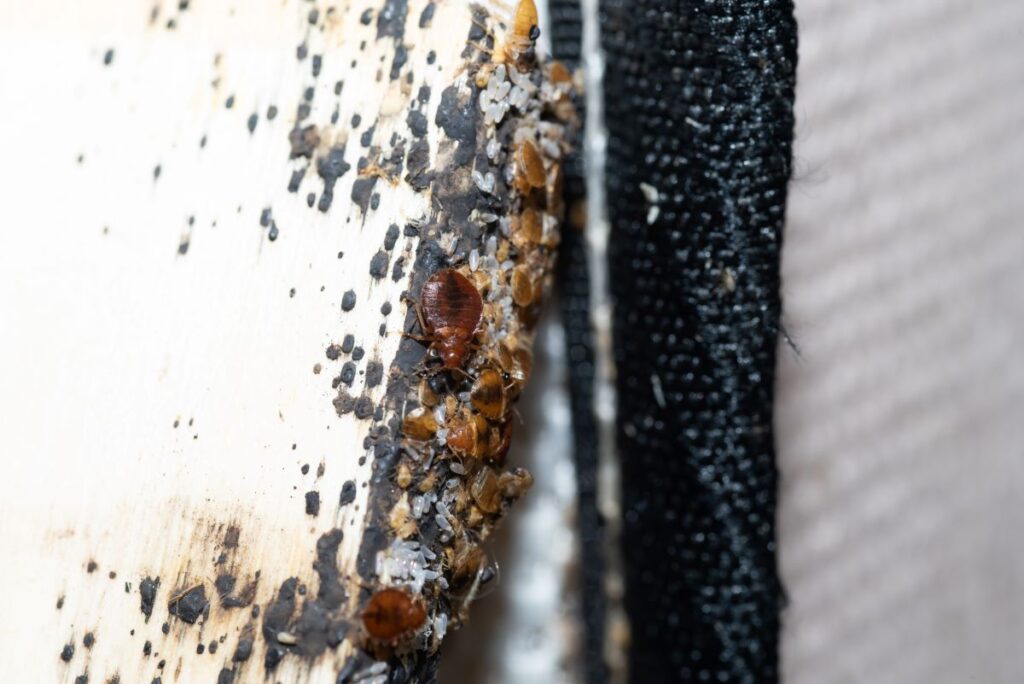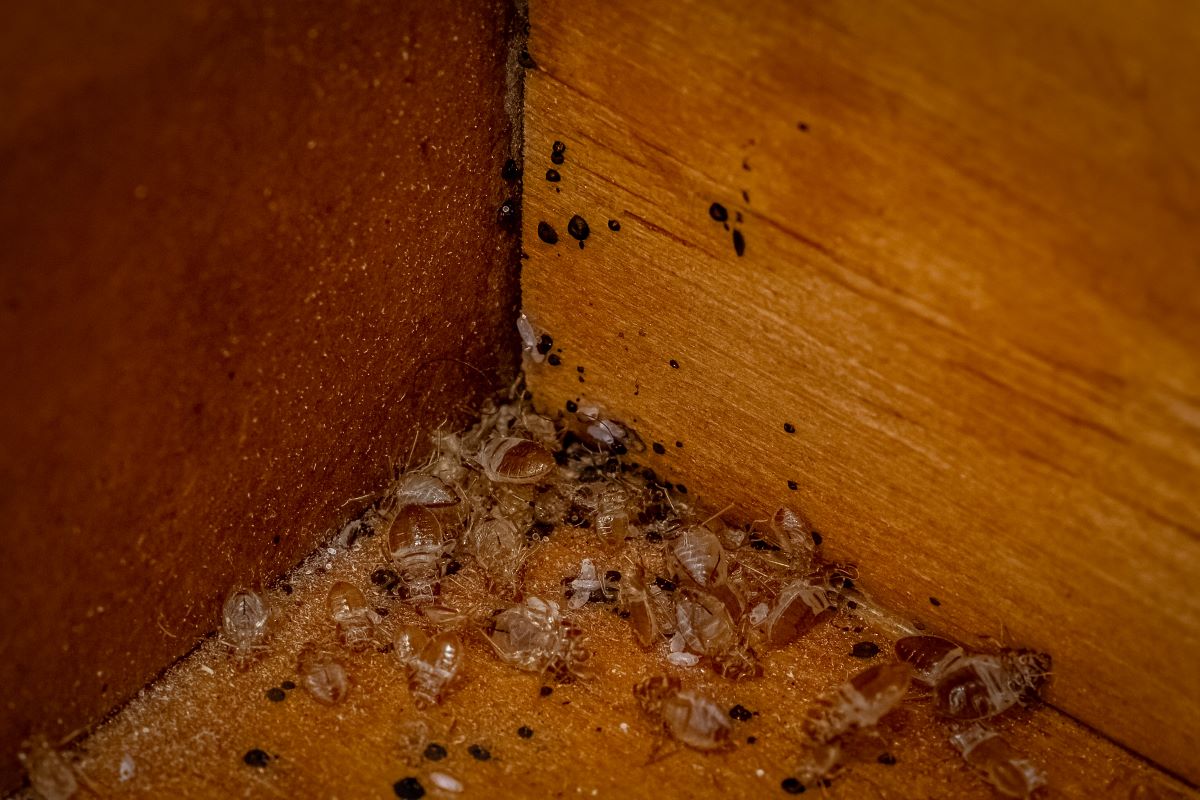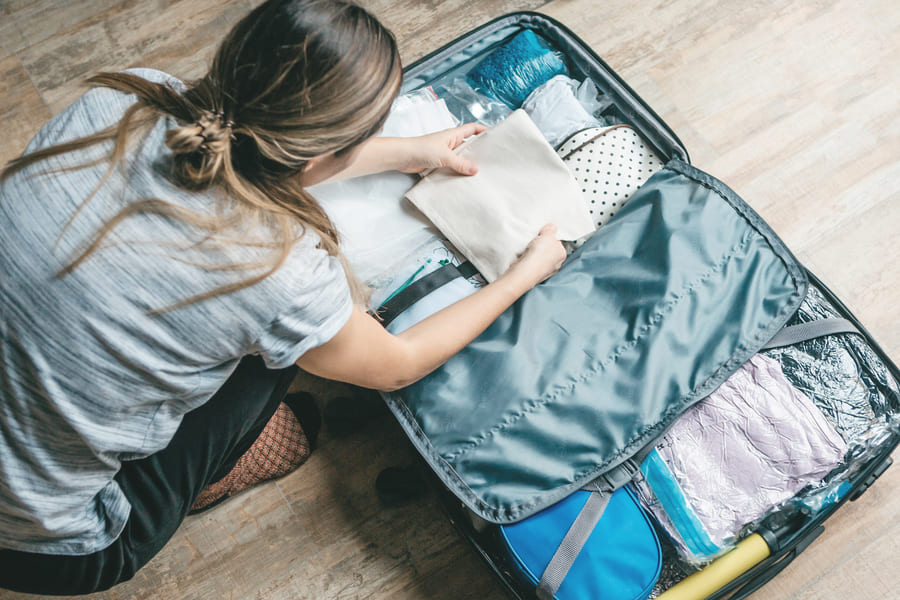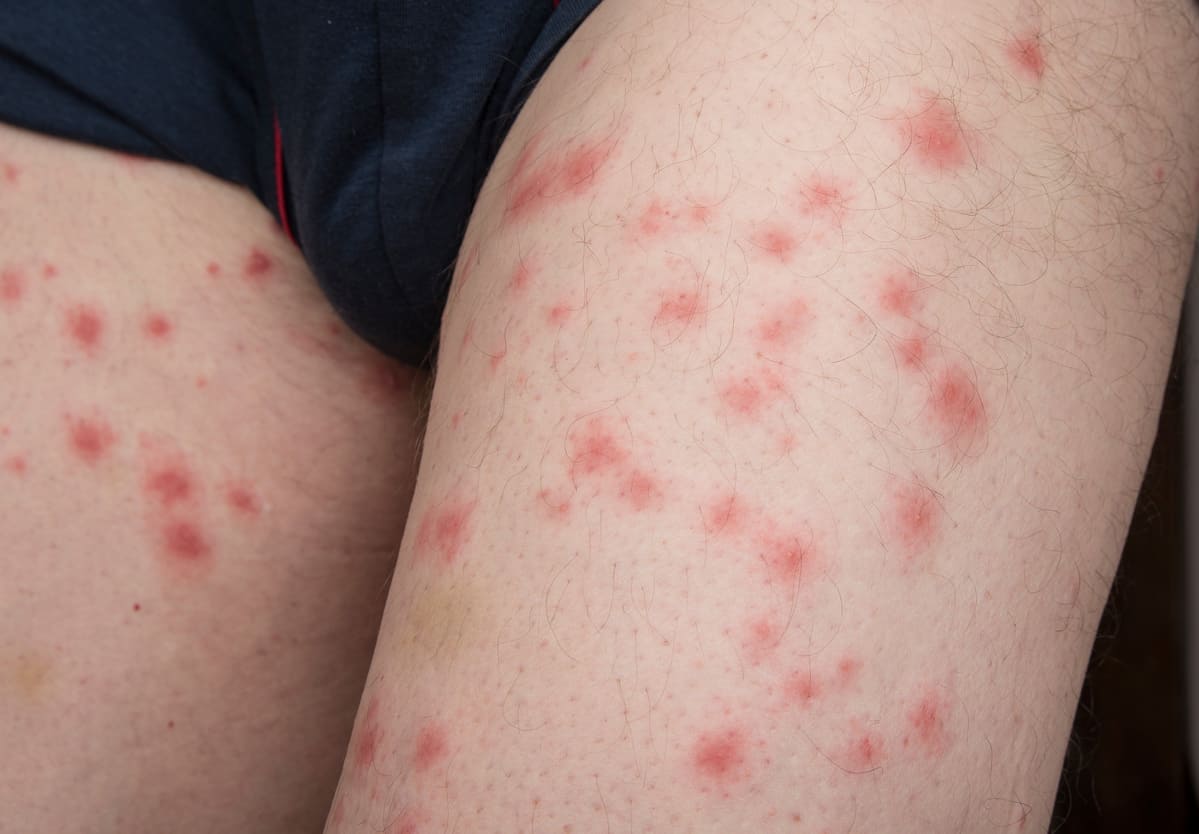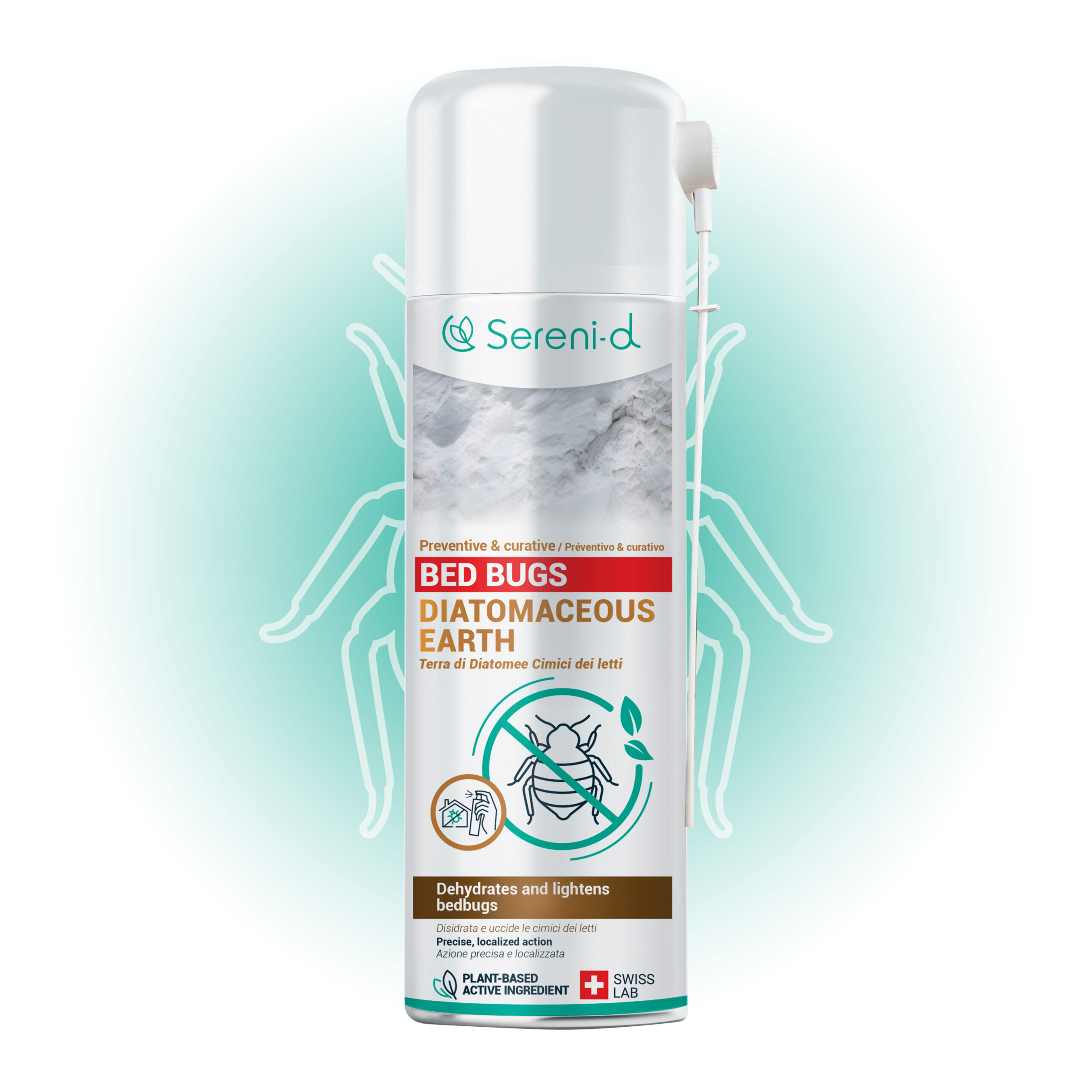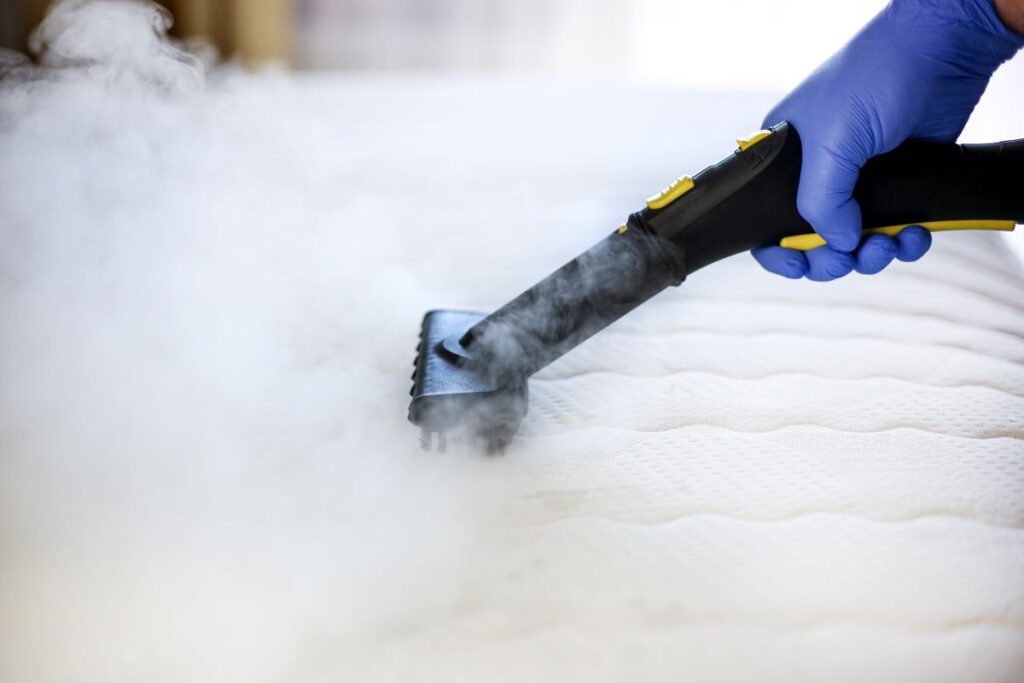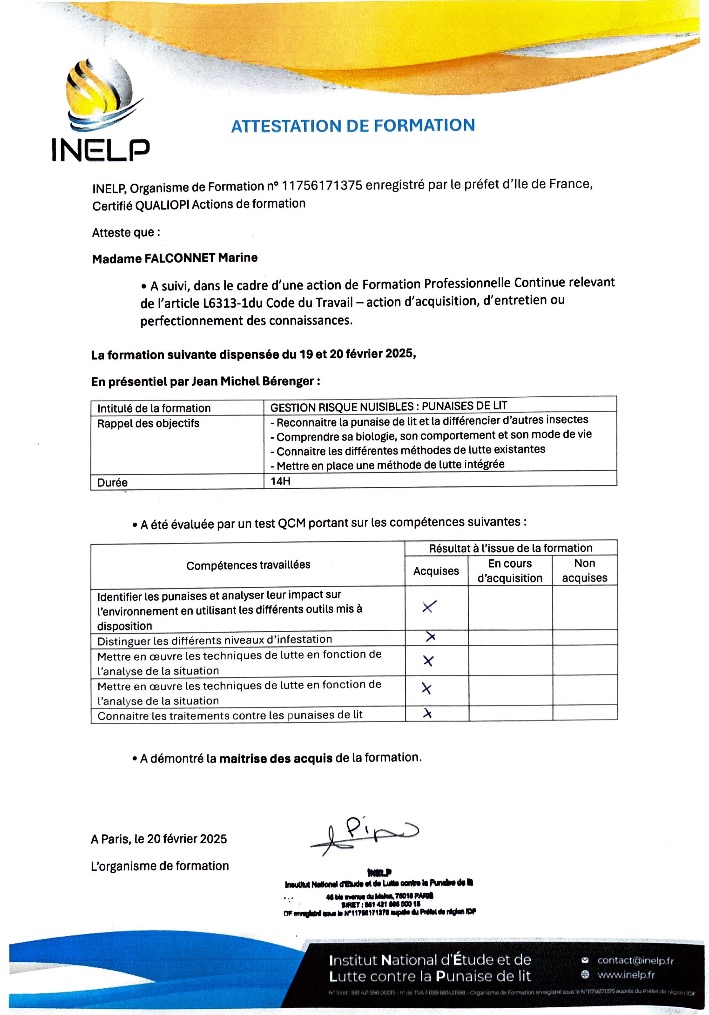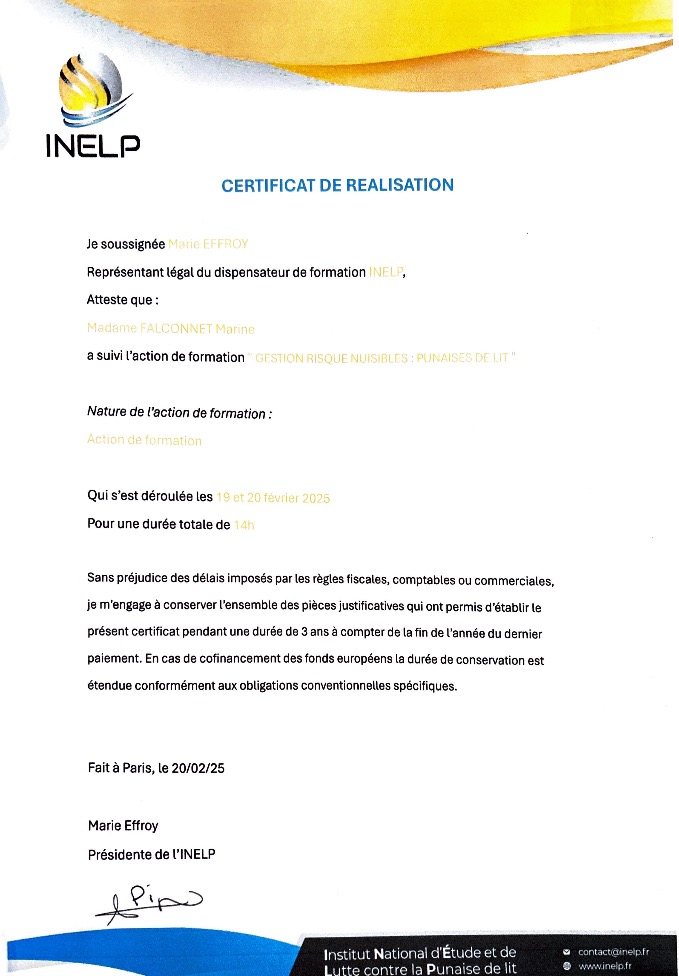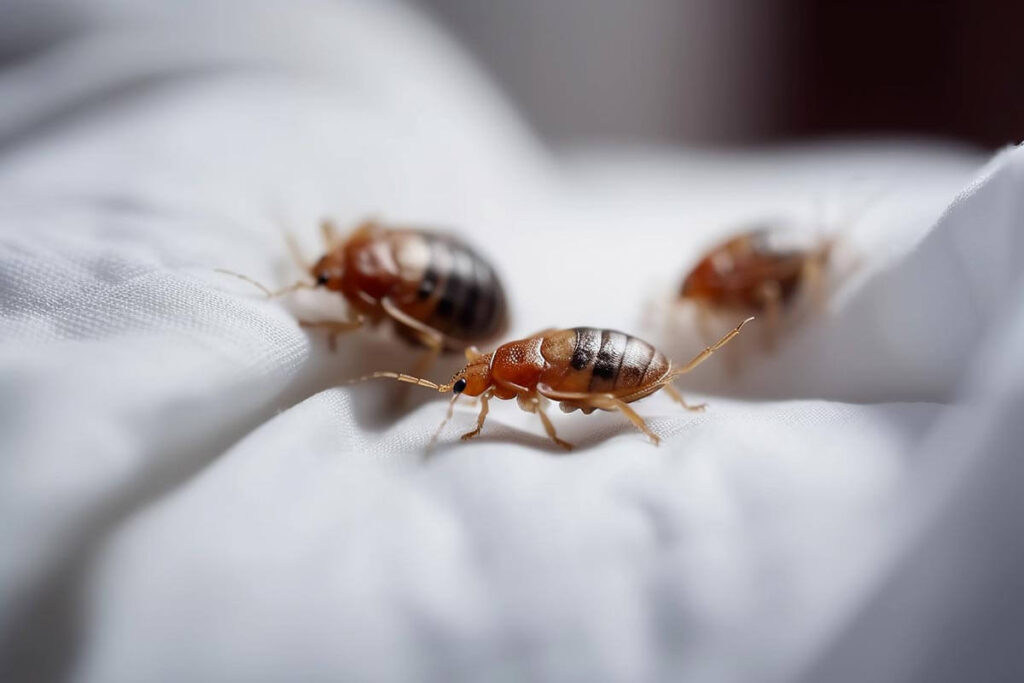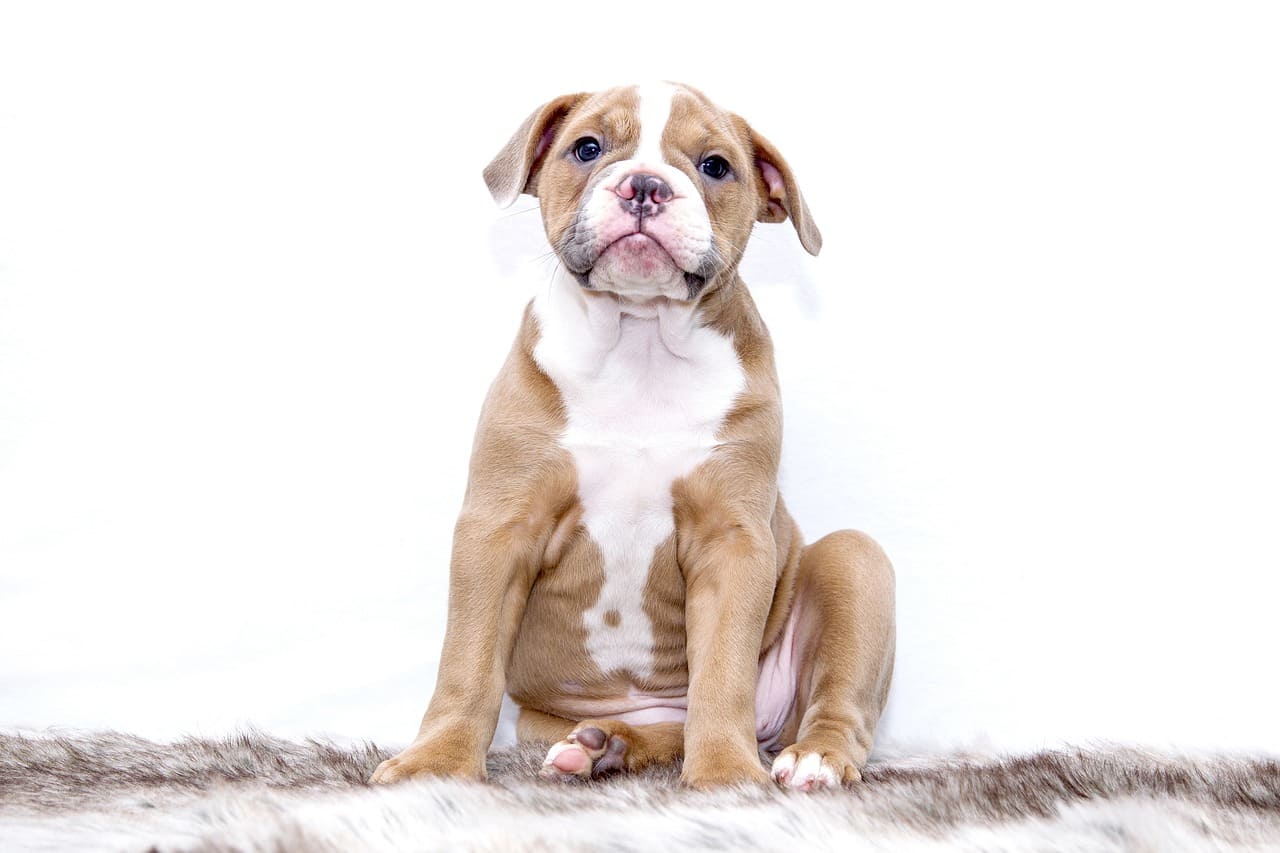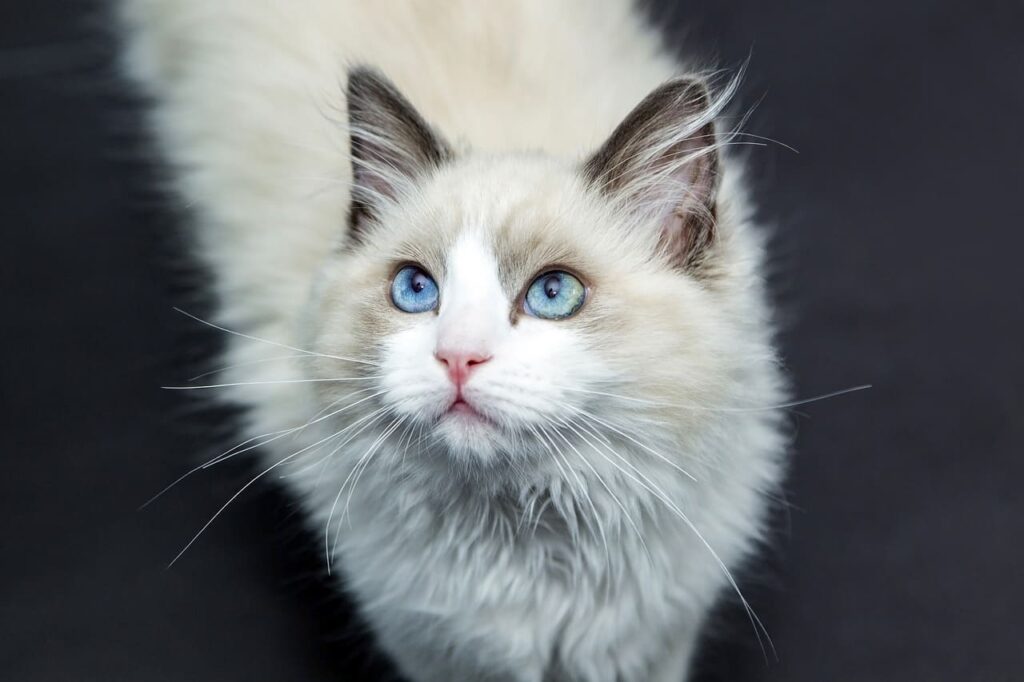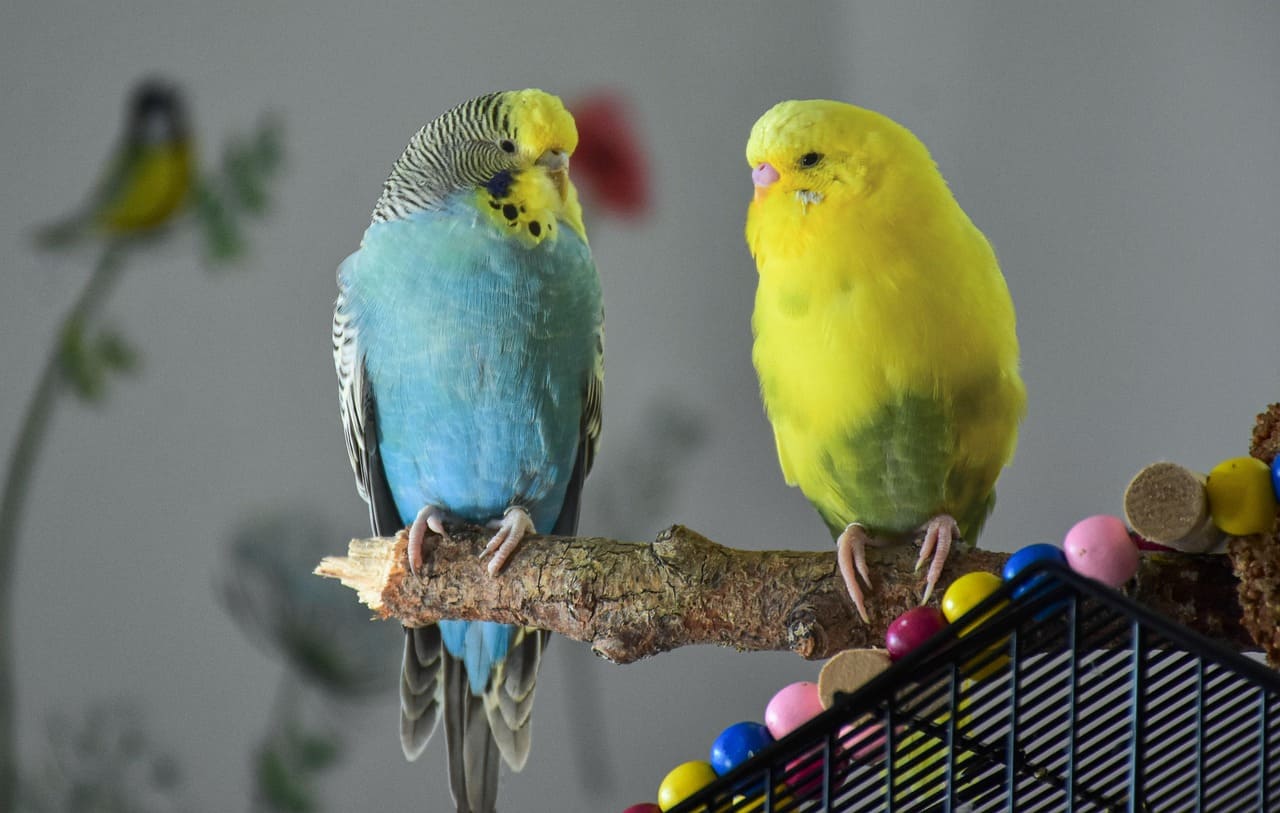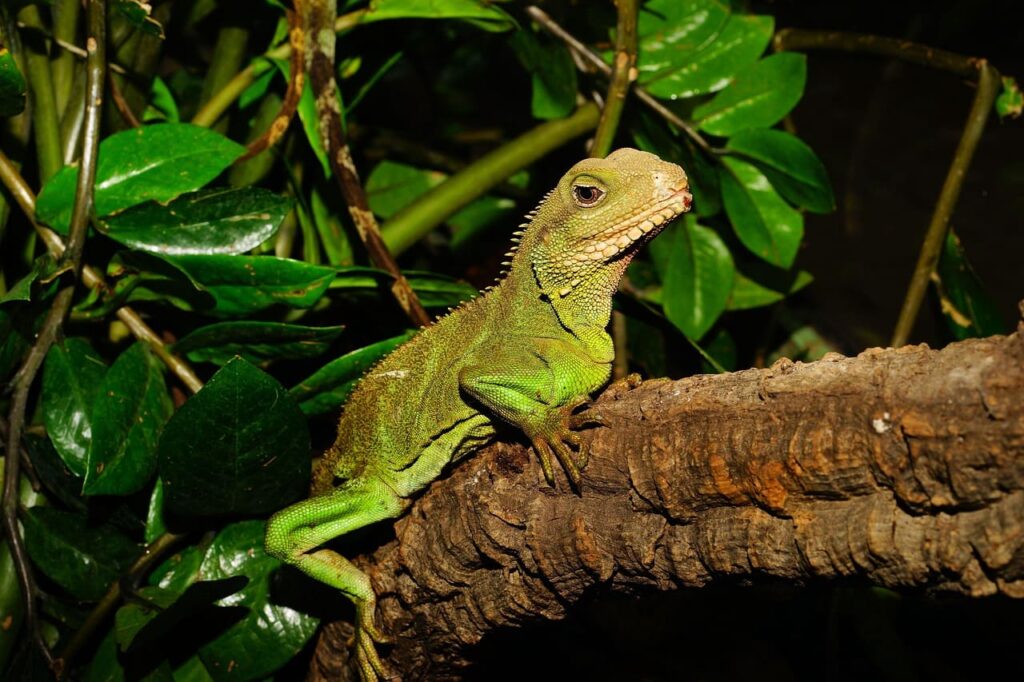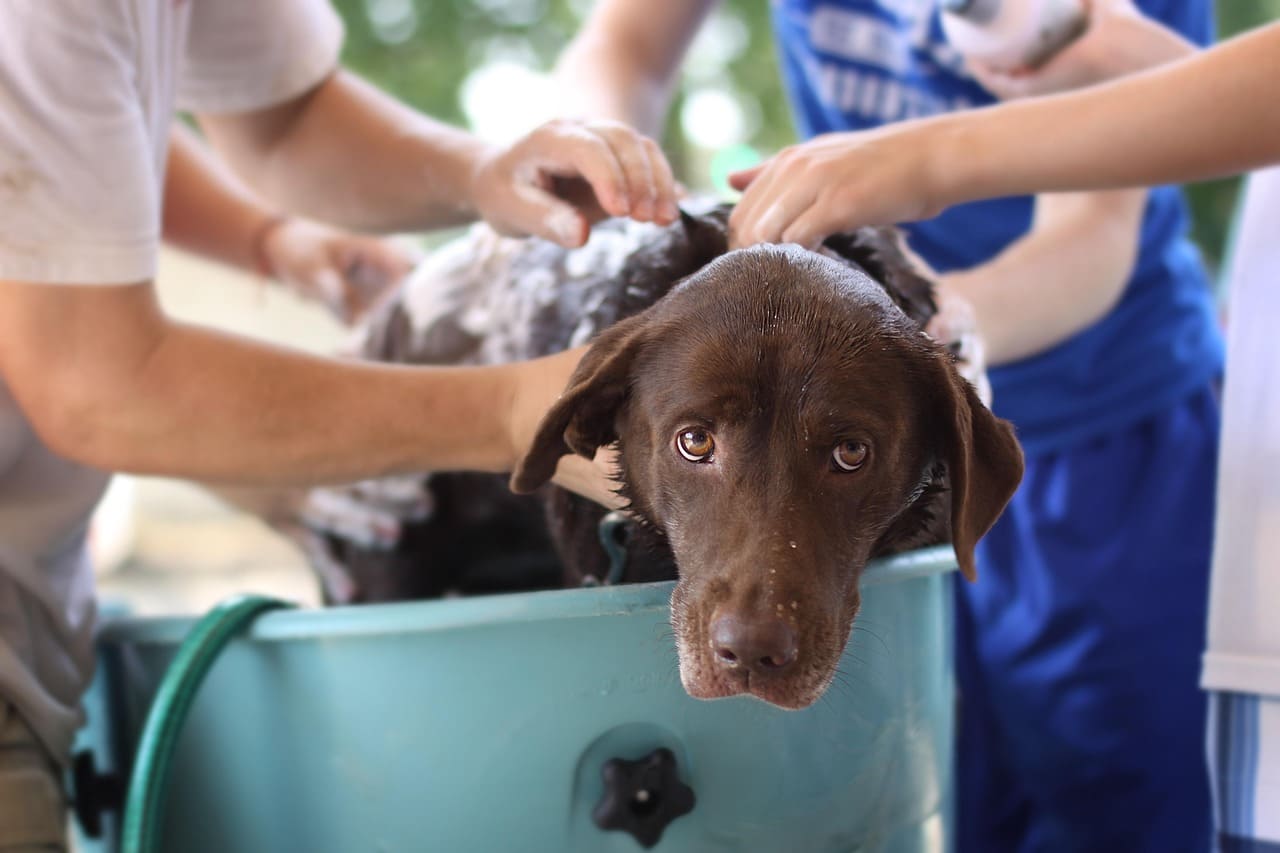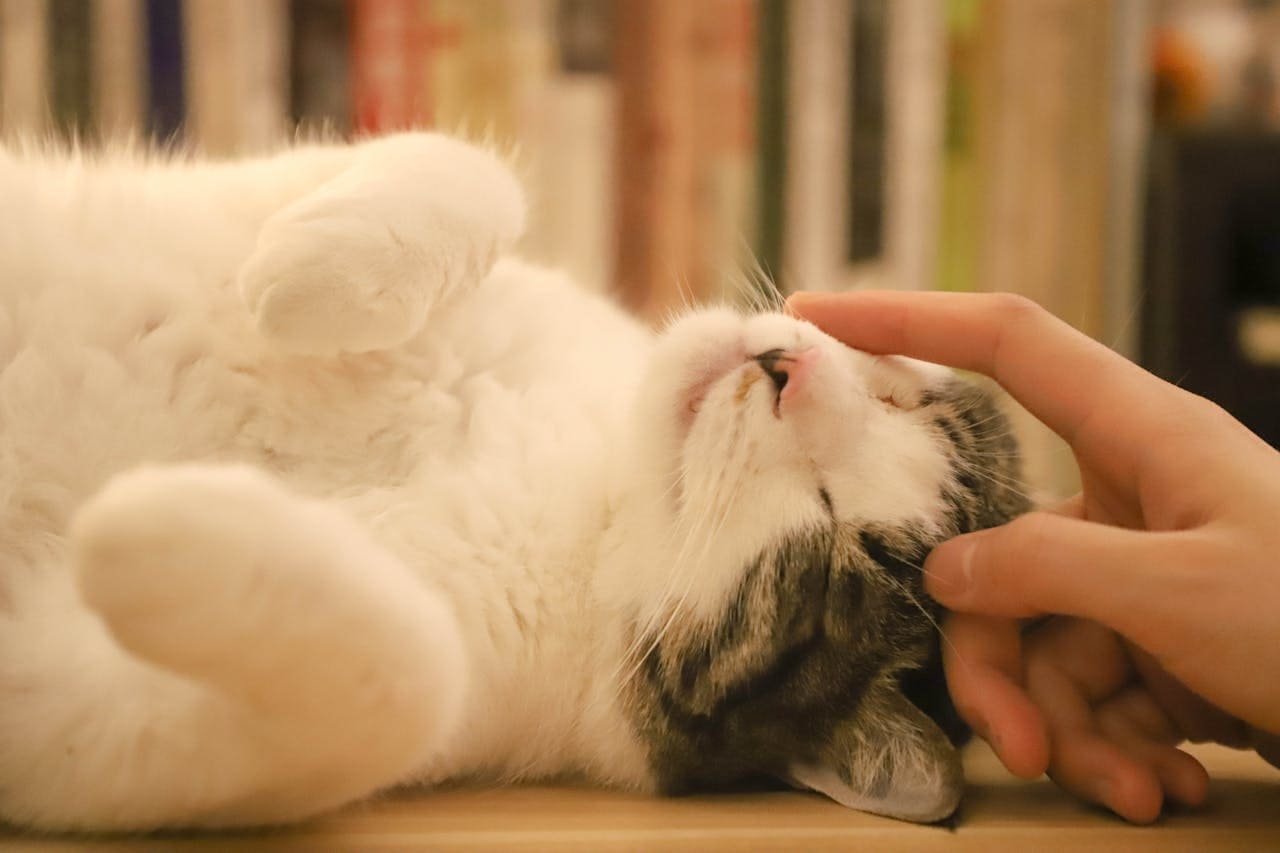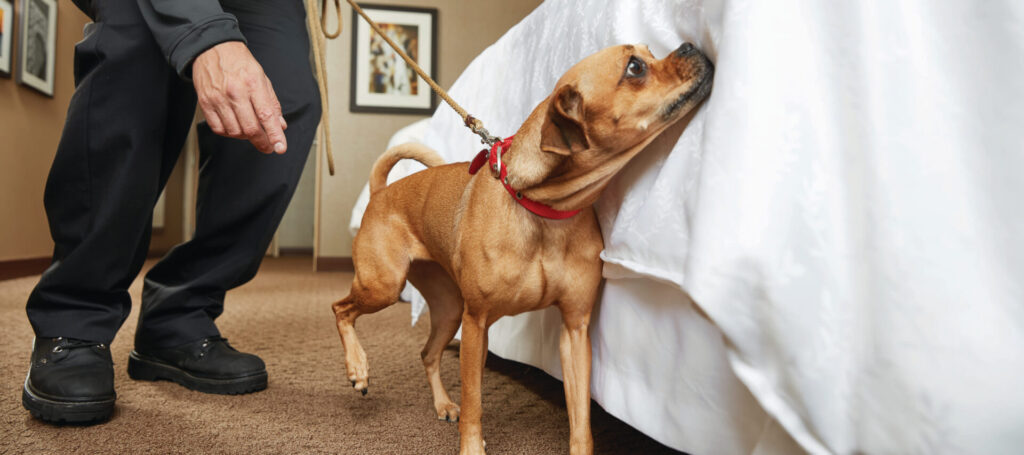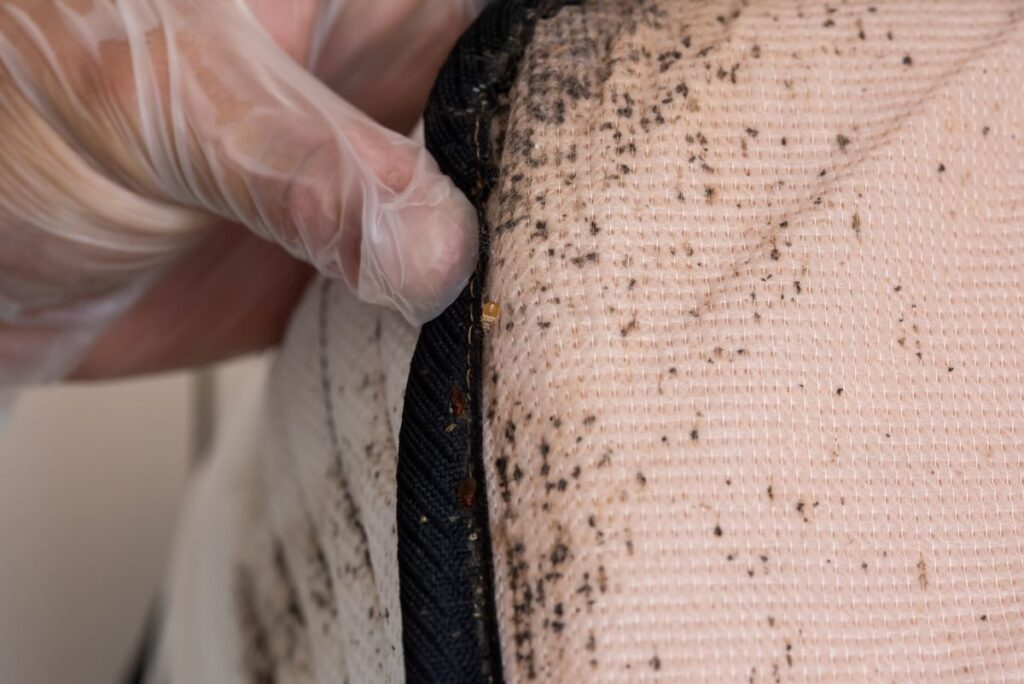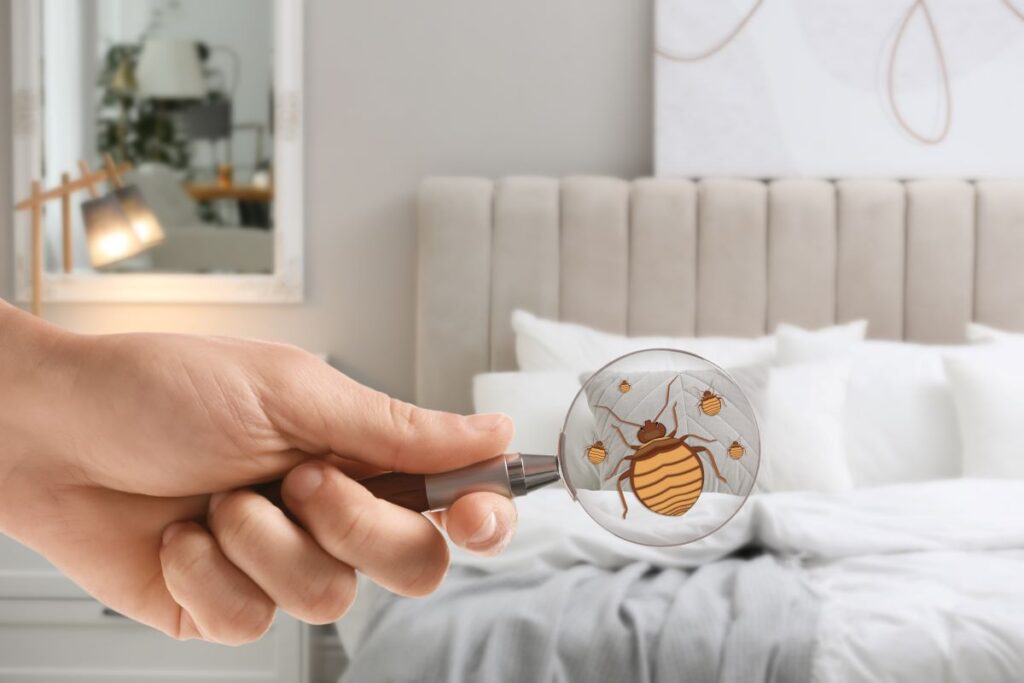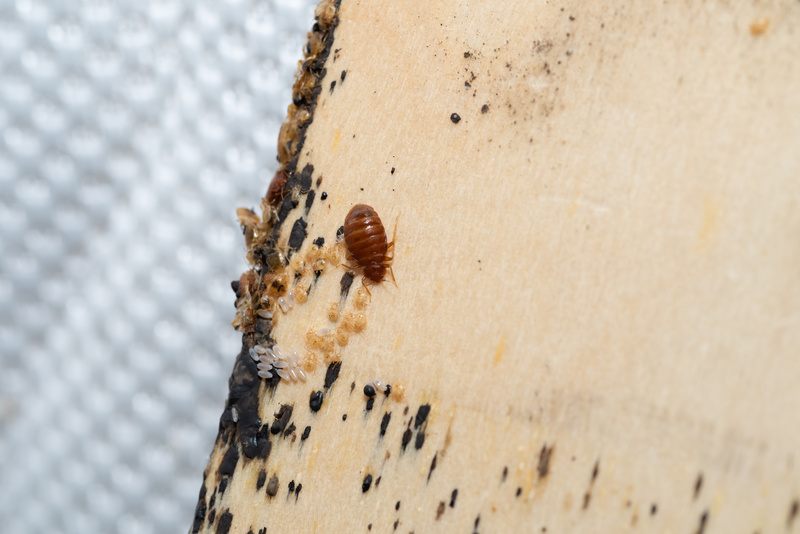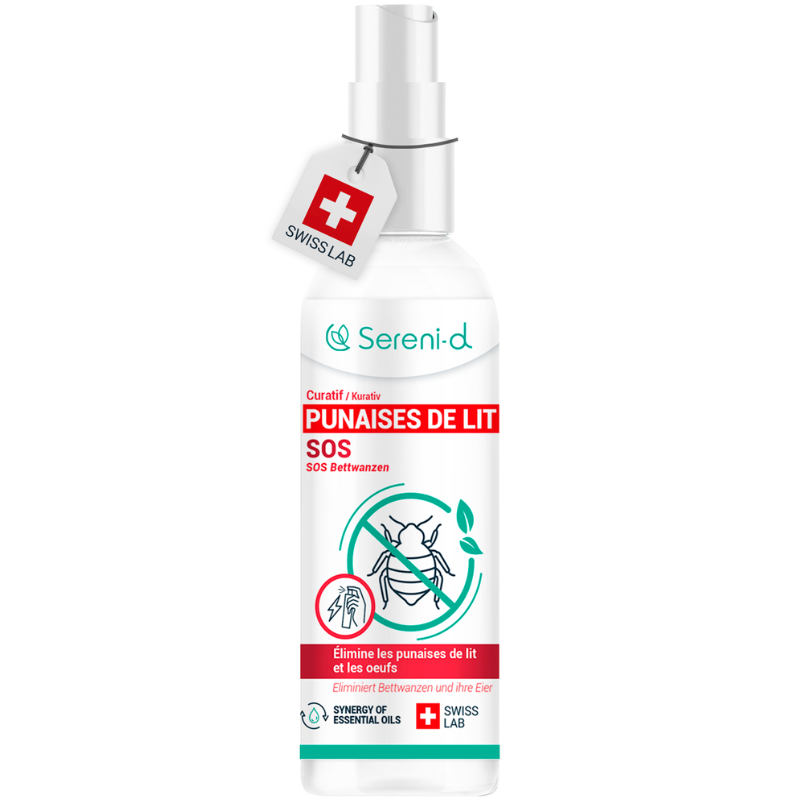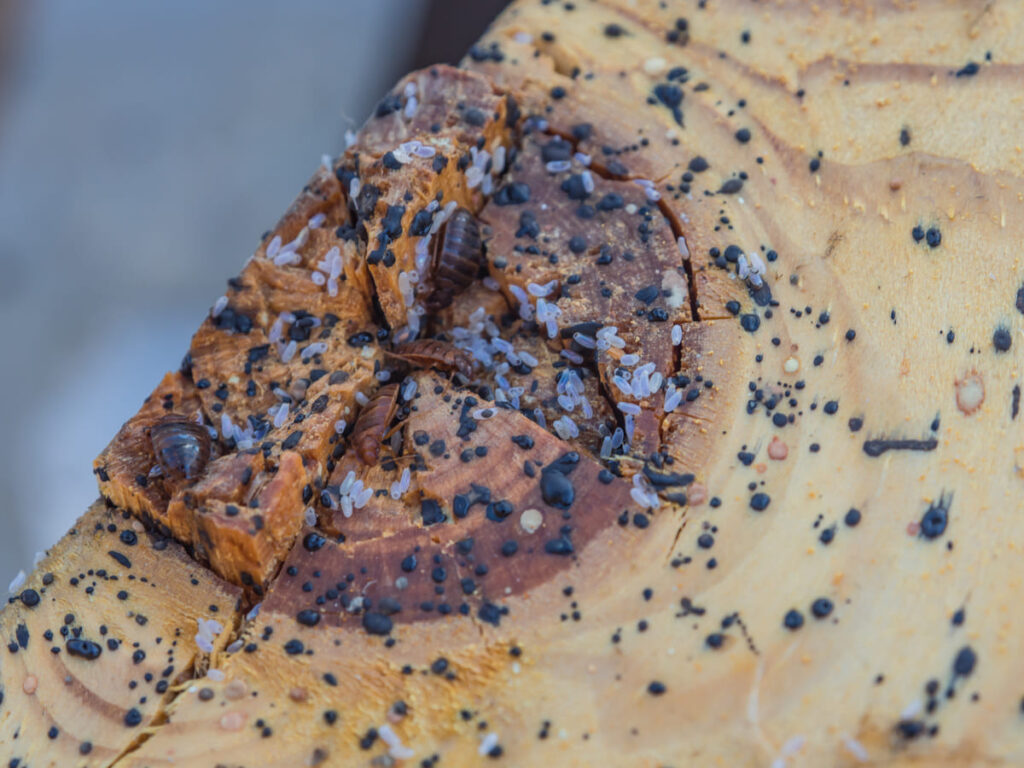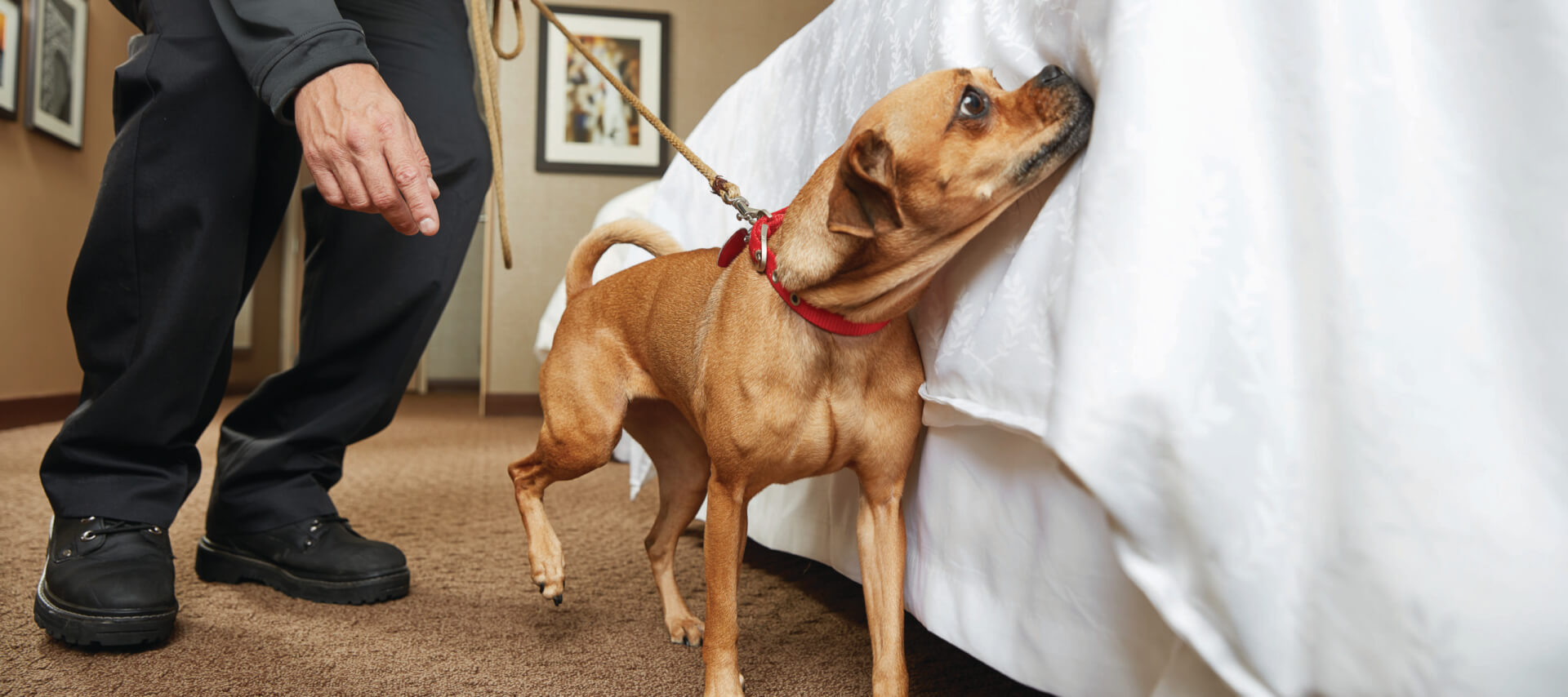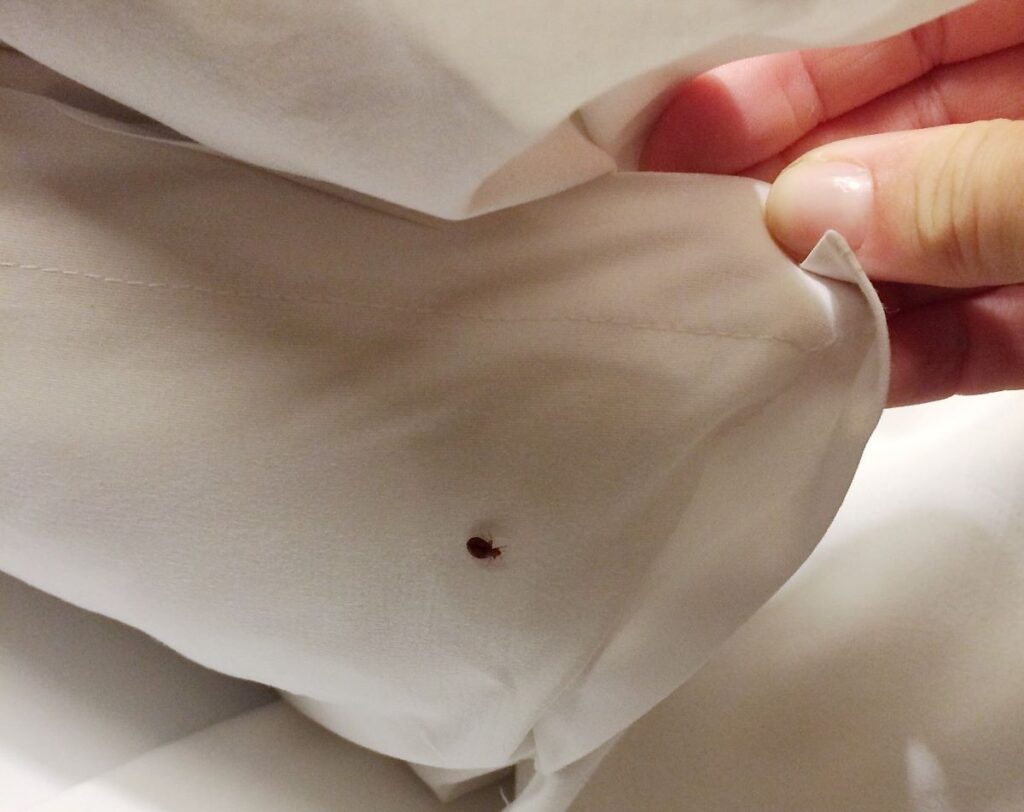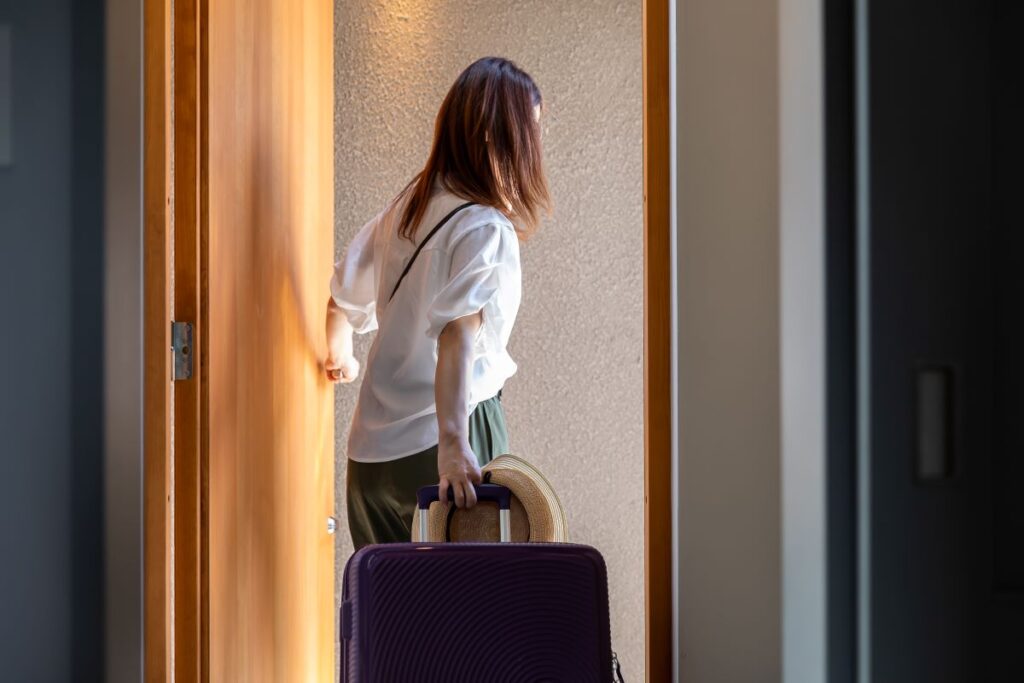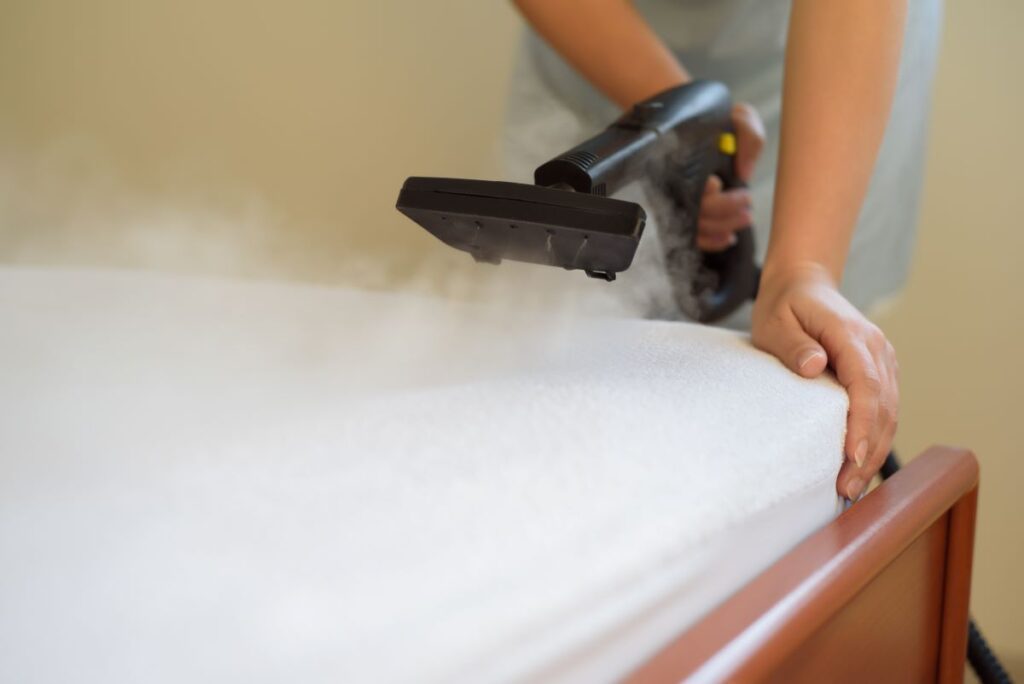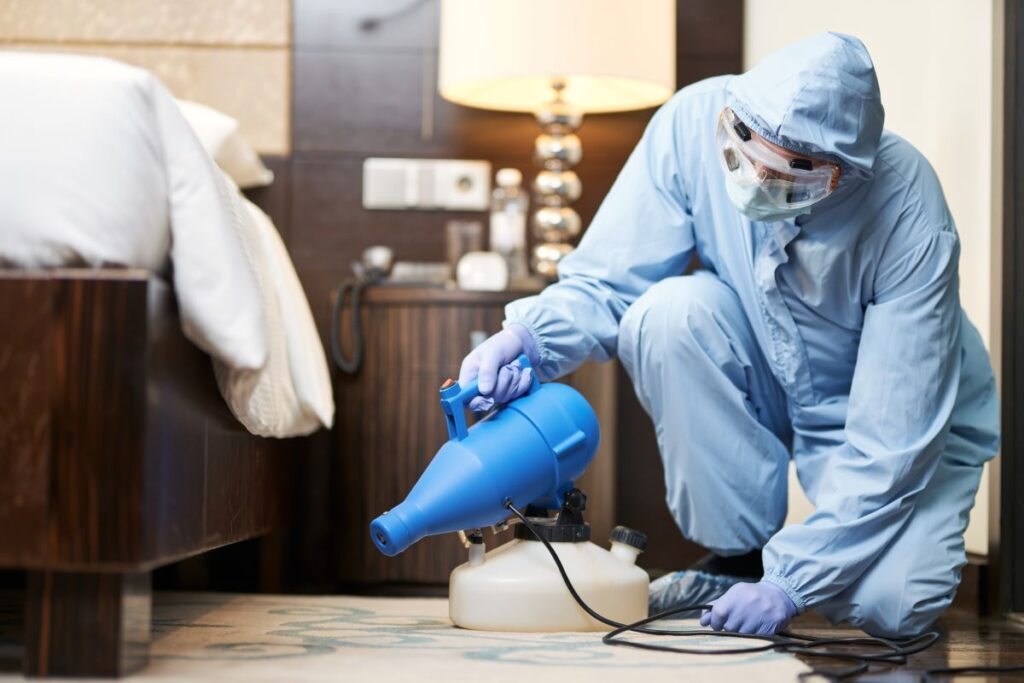
Does your home insurance cover you if you have bed bugs in your home? Beyond the health issue, the question of liability and reimbursement of treatment costs is extremely important (for both tenants and landlords). To help you see things more clearly, here is a practical guide to bed bug insurance.
What you’ll find in this guide:
- An overview of the existing legislation
- The best insurance policies available on the market
- Coverage and guarantees offered by these policies
- Prices for this type of protection
The essentials of the guide
➡️ The landlord is generally responsible for the cost of treatment unless the tenant is proven to be negligent.
➡️ Standard home insurance policies rarely cover bed bugs. Coverage is very limited, even as an optional extra.
➡️ Some new insurance companies such as Luko, Friday and Badbugs offer full coverage: professional intervention, rehousing, psychological support, etc.
➡️ In the event of an infestation, you must act quickly: alert your insurer, call in a certified professional, and keep all supporting documents for reimbursement.
Bed bugs: who is responsible, the tenant or the landlord?
Who should pay for pest control treatment in the event of a bed bug infestation? The answer depends on several factors, including when the infestation is detected and the evidence available as to its origin.

Landlord obligations
Since the ELAN law came into force in 2018, landlords are required to provide decent accommodation, free from pests such as bed bugs. If an infestation is found shortly after the tenant moves in (between 6 months and 1 year), it is generally assumed that the bed bugs were present before the tenant arrived. In this case, the landlord is responsible for the treatment costs.
➡️ Best practice: Before renting out a property, landlords can call in a dog detection company to confirm whether or not bed bugs are present.
Tenant responsibilities
If the infestation is detected several months after moving in, the situation becomes more complex. The tenant may be held responsible if the landlord can prove that the infestation was the result of negligence or lack of maintenance on their part. For example, if evidence indicates that the tenant brought the bedbugs into the property via infested luggage or furniture, they may be required to cover the costs of pest control.
In practice, providing this type of evidence is very difficult for landlords. In most cases, they are responsible for covering the costs of treatment.

Case of multi-unit buildings
In multi-unit buildings, if several dwellings are affected, the infestation may be considered a structural problem. In this case, the property manager or landlord is generally responsible for organising and financing the treatment of the common areas and the dwellings concerned.
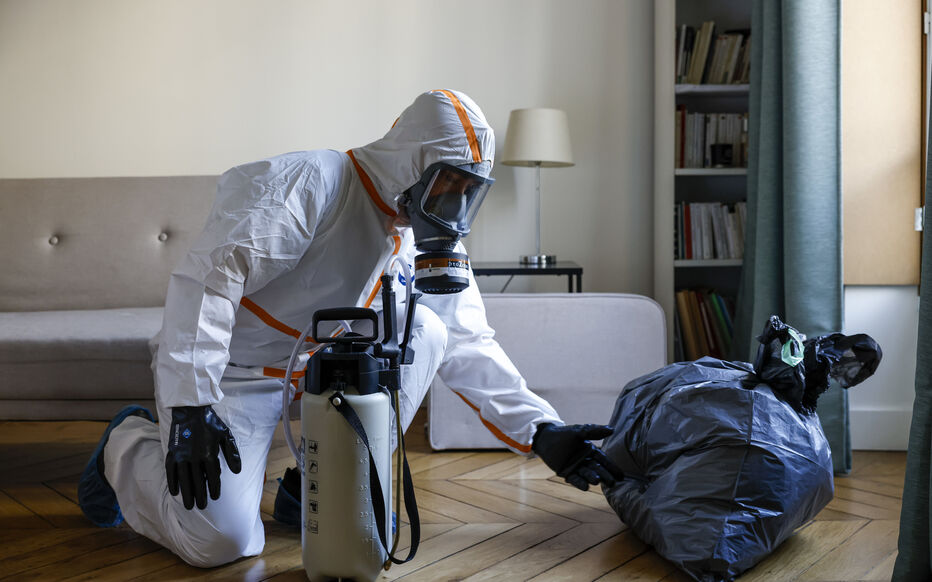
Bed bug treatment: a high cost
According to ANSES, the fight against bed bugs costs an average of €866 (source).
Several factors explain this cost:
- It often takes at least two visits to eliminate all stages of development (eggs, nymphs, adults).
- Professionals must use specific equipment (dry steam, certified products, protective suits, etc.).
- The treatment takes a long time, often several hours per visit, with significant diagnostic and preventive work.
In addition, don’t forget the associated costs, such as furniture that has to be thrown away or repaired.
Be careful, although the cost may seem prohibitive, doing nothing will cost even more: multiple treatments, the need to throw away mattresses and furniture, or even temporary rehousing.
In principle, insurance that covers bed bugs is therefore useful.
Should you (really) take out bed bug insurance?
With infestations on the rise in France, it’s a question that inevitably arises.
In principle, specific insurance can save you a lot of money. However, here’s what you need to know before taking out a policy.
Chemical treatments are not always effective
Despite their high cost, professional chemical treatments do not always guarantee complete eradication of the problem. Why?
- The eggs are highly resistant to conventional insecticides, often requiring two treatments.
- Some strains of bedbugs develop resistance to chemicals.
- In the event of an advanced infestation, the property may require several treatments at short intervals, which can increase the cost.
- There are many scams on the market.
As a result, you may end up with very high costs for a problem that is not solved.
Before calling in a pest control professional, carry out mechanical and heat treatment (wash clothes at over 60°C, steam clean, etc.).
👉 For more information: Bed bugs: the complete treatment protocol.
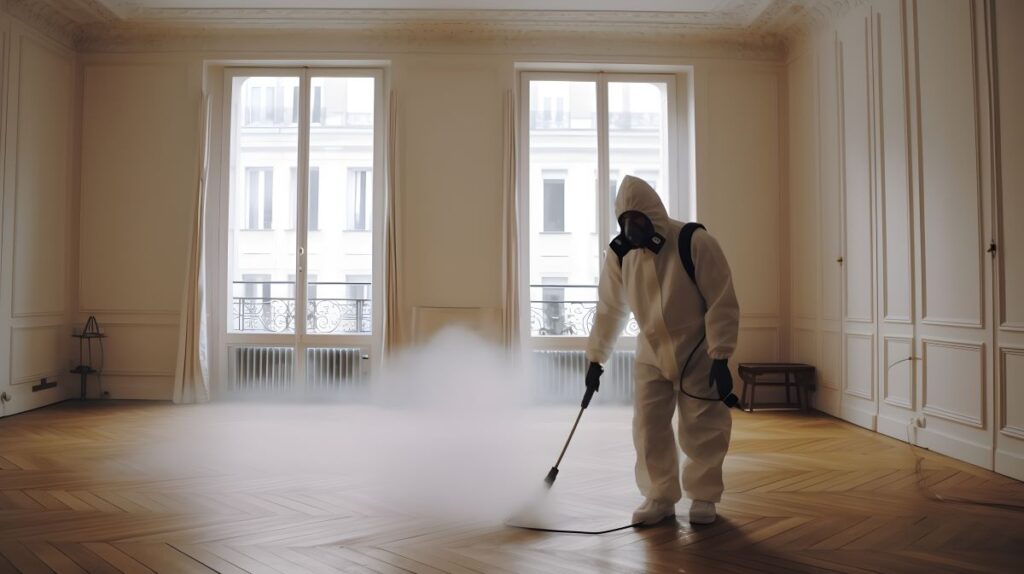

Tenants and landlords: financial assistance available
If you are a tenant: financial assistance from the CAF (family allowance fund) can cover your disinfection costs up to €600. However, you must be receiving benefits to be eligible.
If you are a homeowner: a subsidy from the ANAH can cover up to 50% of treatment costs, up to a limit of €10,000, subject to income and energy performance criteria.
👉 For more information: Bed bugs: government support measures.
Bed bug insurance: beware of the waiting period
Important to know: Most specialised contracts impose a waiting period, usually between 30 and 90 days. The length of this period is not subject to any legal obligation. It starts on the day the contract is signed. In practical terms, you are not covered if the infestation occurs during this period. Taking out bed bug insurance is therefore useful for anticipating a future infestation rather than dealing with a current problem.
Virtually non-existent protection from traditional insurers
Most traditional insurers do not include this type of claim in their basic cover, as they consider pest infestations to be:
- events that are part of routine home maintenance;
- non-random risks, since bedbugs often spread through negligence (lack of vigilance after a trip, purchase of infested furniture, etc.);
- problems that are not sudden or accidental, unlike water damage or burglary.
Result: comprehensive home insurance policies do not generally cover processing fees or any temporary rehousing costs.
Very limited coverage, even as an option
Some policies may offer assistance coverage:
- Contact with a pest control professional.
- Temporary logistical assistance (re-accommodation, childcare, etc.).
- But again, no direct coverage of treatment costs, unless there is an exceptional clause.
A ‘pests’ clause may exist, but it often only covers rodents or hornets, rarely bed bugs.
A gradual awareness
With the explosion of cases in France and the insistence of the public authorities, some insurers are beginning to consider specific offers. But to date, apart from neo-insurers and specialised start-ups, the major companies remain cautious.
Online neo-insurers: a response to new expectations
New 100% online insurance platforms have decided to tackle the problem of bed bugs. Their goal is to offer tailor-made policies that are more flexible and better suited to this type of everyday claim.
Luko, Friday and Badbugs are start-ups that stand out for:
- Explicit coverage of bed bug treatment costs.
- A simplified procedure via an app or online interface.
- Greater responsiveness in emergencies, sometimes with rapid dispatch of a certified professional.
- Competitive rates, tailored to young professionals and urban dwellers.
Comparison of the best bed bug insurance policies
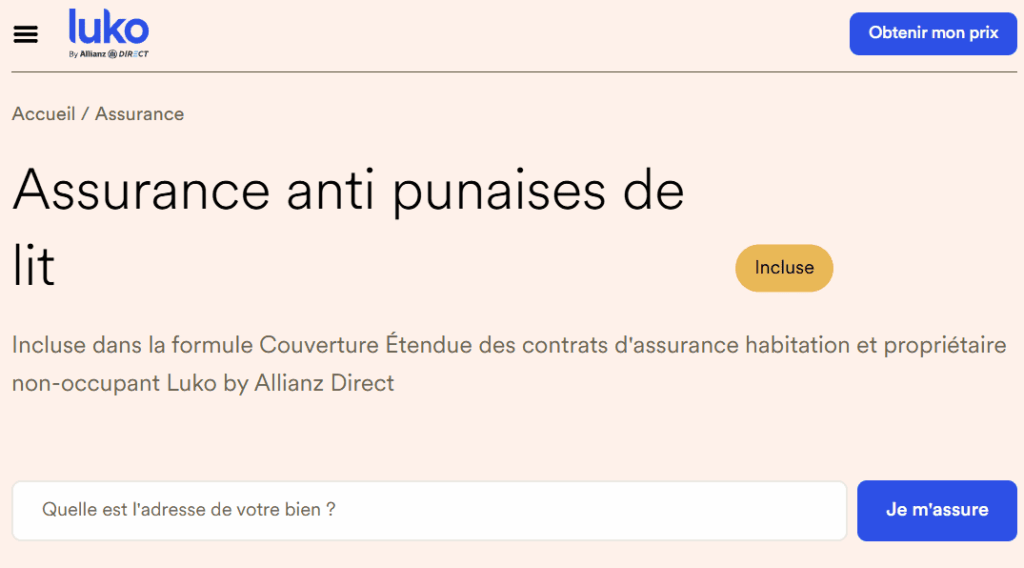
Luko by Allianz Direct
Luko is a French start-up that was acquired by Allianz Direct and offers comprehensive online home insurance. The Extended Cover home insurance package includes, at no extra cost, specific cover for infestations of bed bugs and other pests such as rodents, cockroaches, wasps and fleas.
The cover offered:
✅ Professional assistance up to £300 with no upfront costs (limited to one call-out per year)
✅ One night’s hotel accommodation with breakfast if your home becomes temporarily uninhabitable
✅ Psychological support may be offered
Practical information:
- Price: Included in home insurance
- Insurance also available for non-occupying owners
- Waiting period: none
- Contract details
Friday – Bed bug insurance
Friday is a 100% digital home insurance company that includes bed bug treatment in its Sérénité package. The policy covers both tenants and landlords, with fast and comprehensive assistance.
The cover offered:
✅ Preliminary diagnosis by telephone at the first sign of infestation (bites, marks on the mattress, etc.)
✅ Home diagnosis by a certified professional
✅ Up to four treatments to completely eradicate the infestation
✅ Temporary accommodation up to £60 per night per person (max. eight nights)
✅ Meal costs covered if the accommodation is uninhabitable
What is not covered: Outside the accommodation, cases of unsanitary conditions or negligence, replacement of damaged textiles
Practical information:
- Price: Included in the Sérénité package
- Target audience: Tenants, flatmates, owners
- Waiting period: None
- Response time: Within 72 working hours
- Find out more about Friday insurance

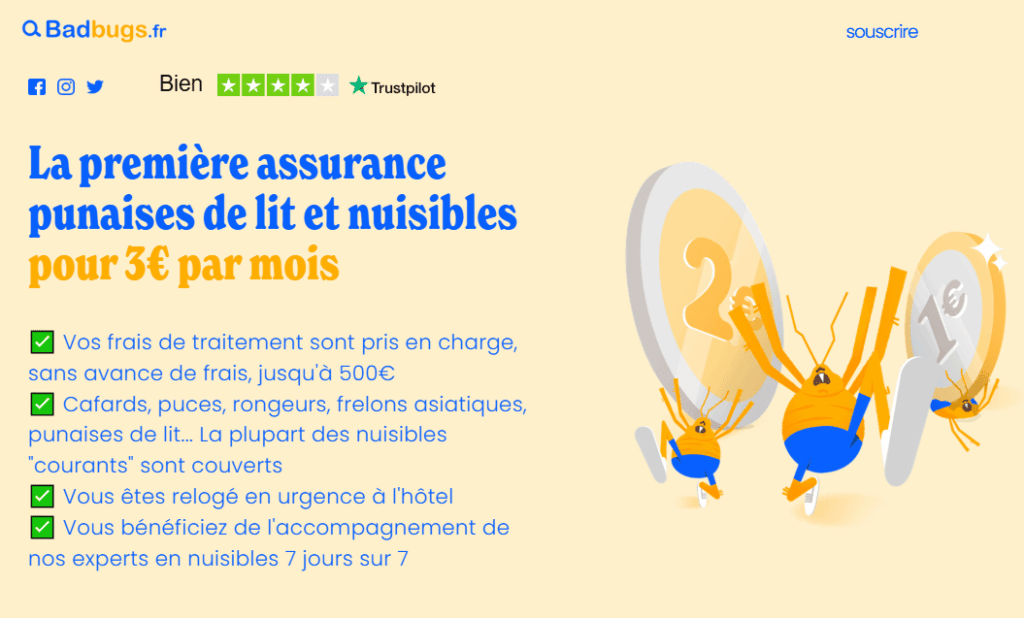
Badbugs
Badbugs is the first insurance policy entirely specialised in dealing with pest infestations, available to everyone for just £3 per month. The offer is simple, effective and designed to reduce the hassle and costs involved, whether you are a tenant or a homeowner.
The cover offered:
✅ Professional treatment covered up to £500/year, with no upfront costs, 1 visit/year
✅ Emergency rehousing: £80/night/person
✅ Expert support 24/7: diagnosis, advice, appointment with a service provider
✅ 3 psychological support sessions
✅ Pests covered: bed bugs, cockroaches, fleas, rodents, hornets, food moths
What is not covered: Expenses incurred without prior agreement, gross negligence
Practical information:
- Price: £3 per month (annual payment £36)
- Target audience: Tenants, owners, multi-property landlords
- Waiting period: 6 months
- Find out more

